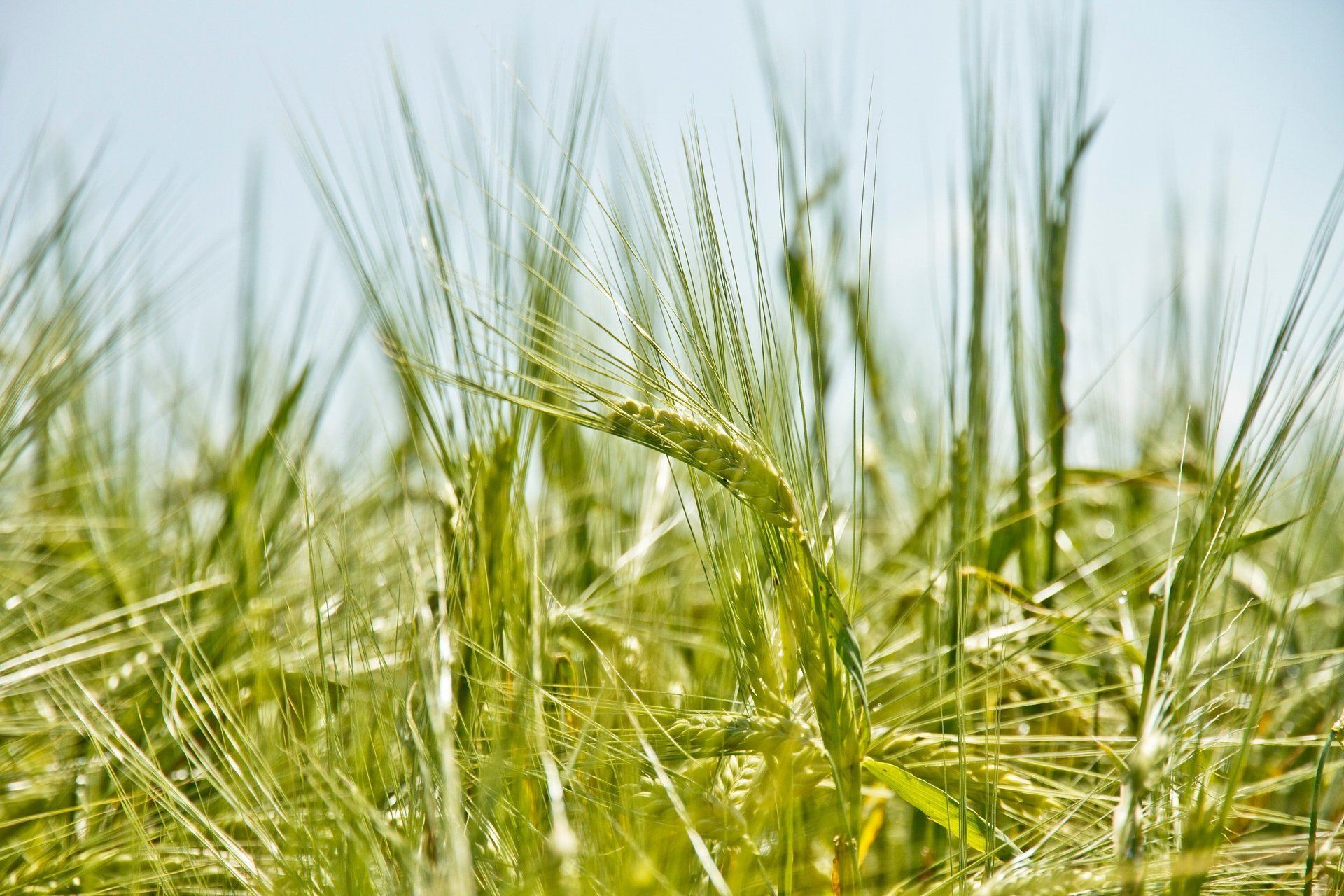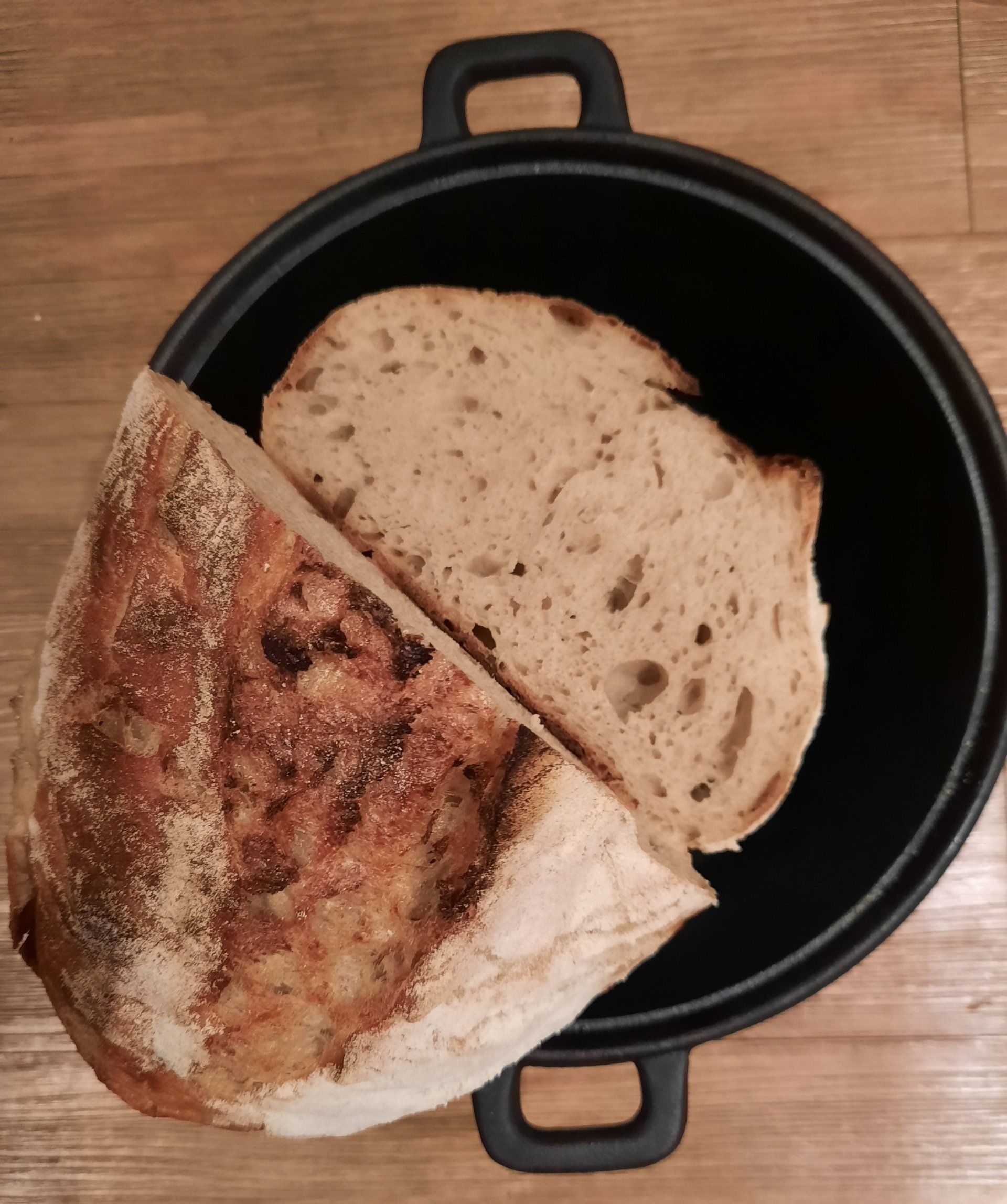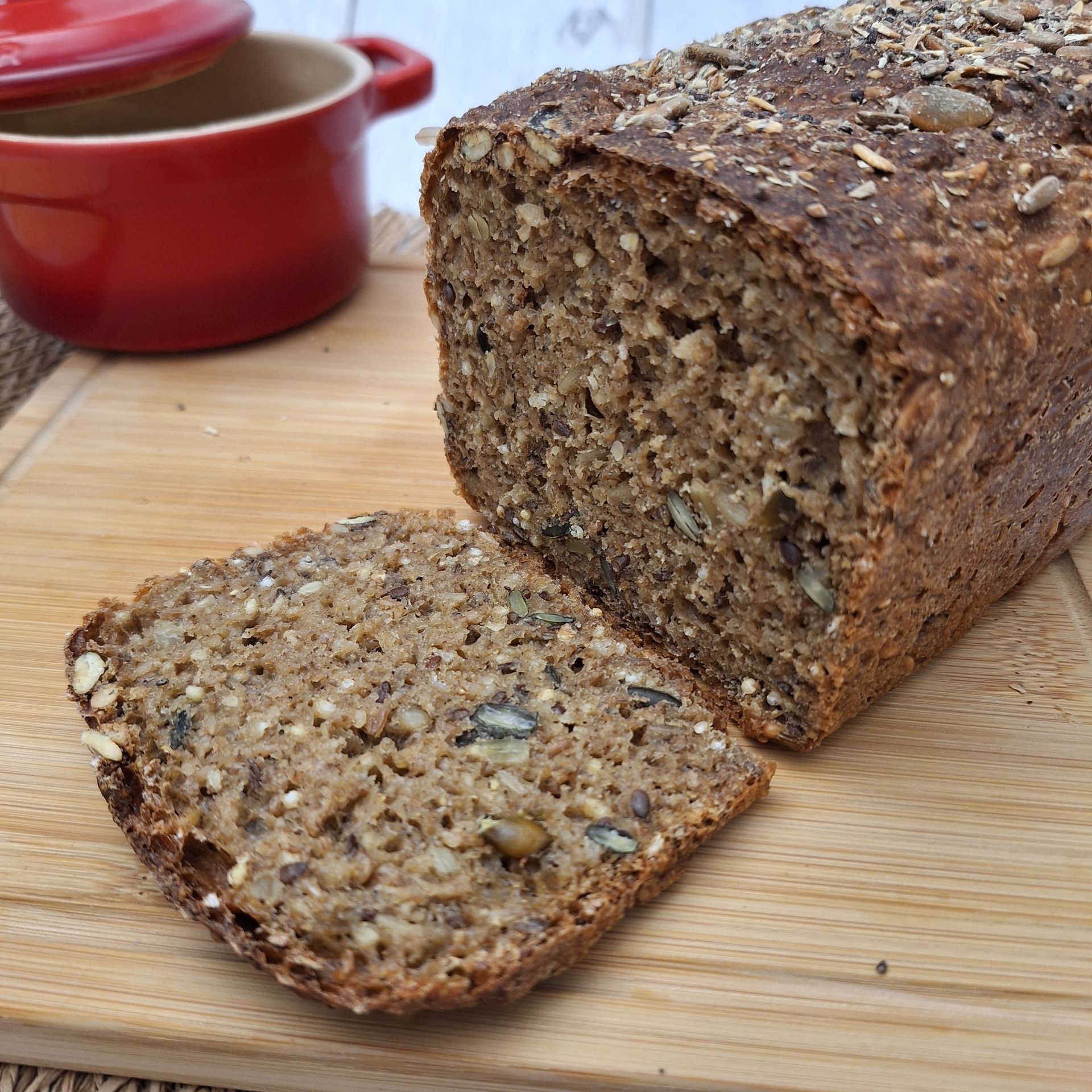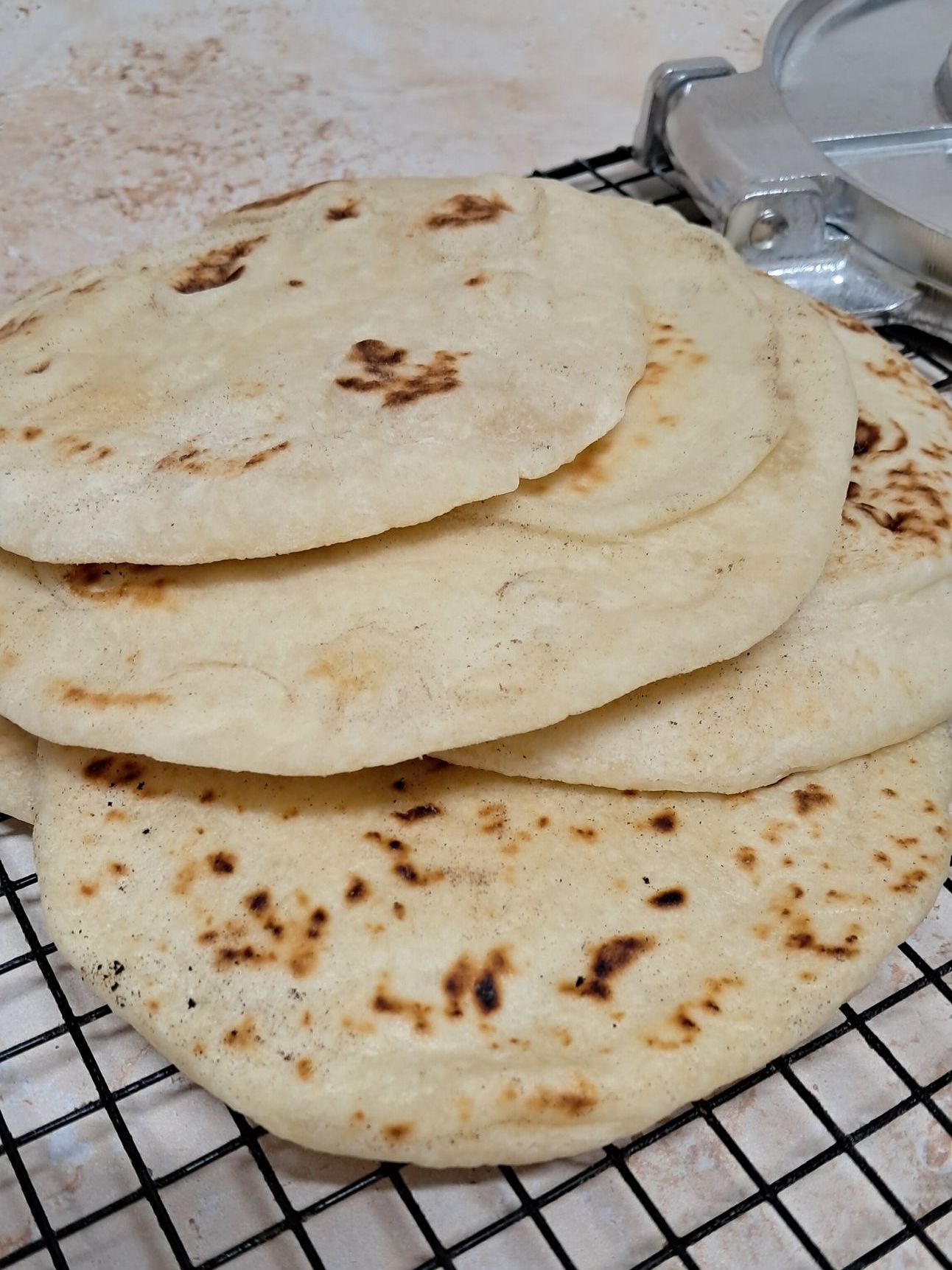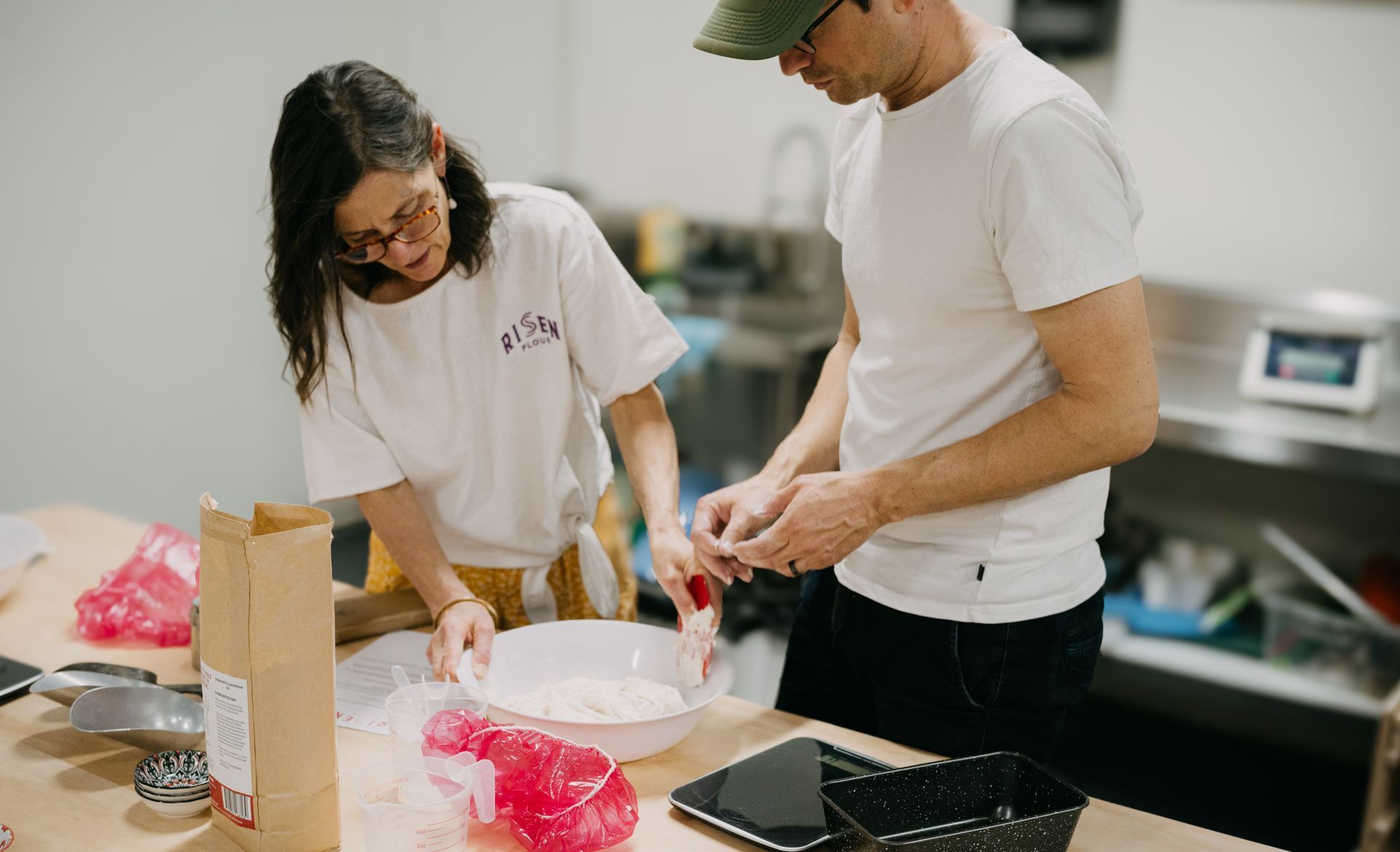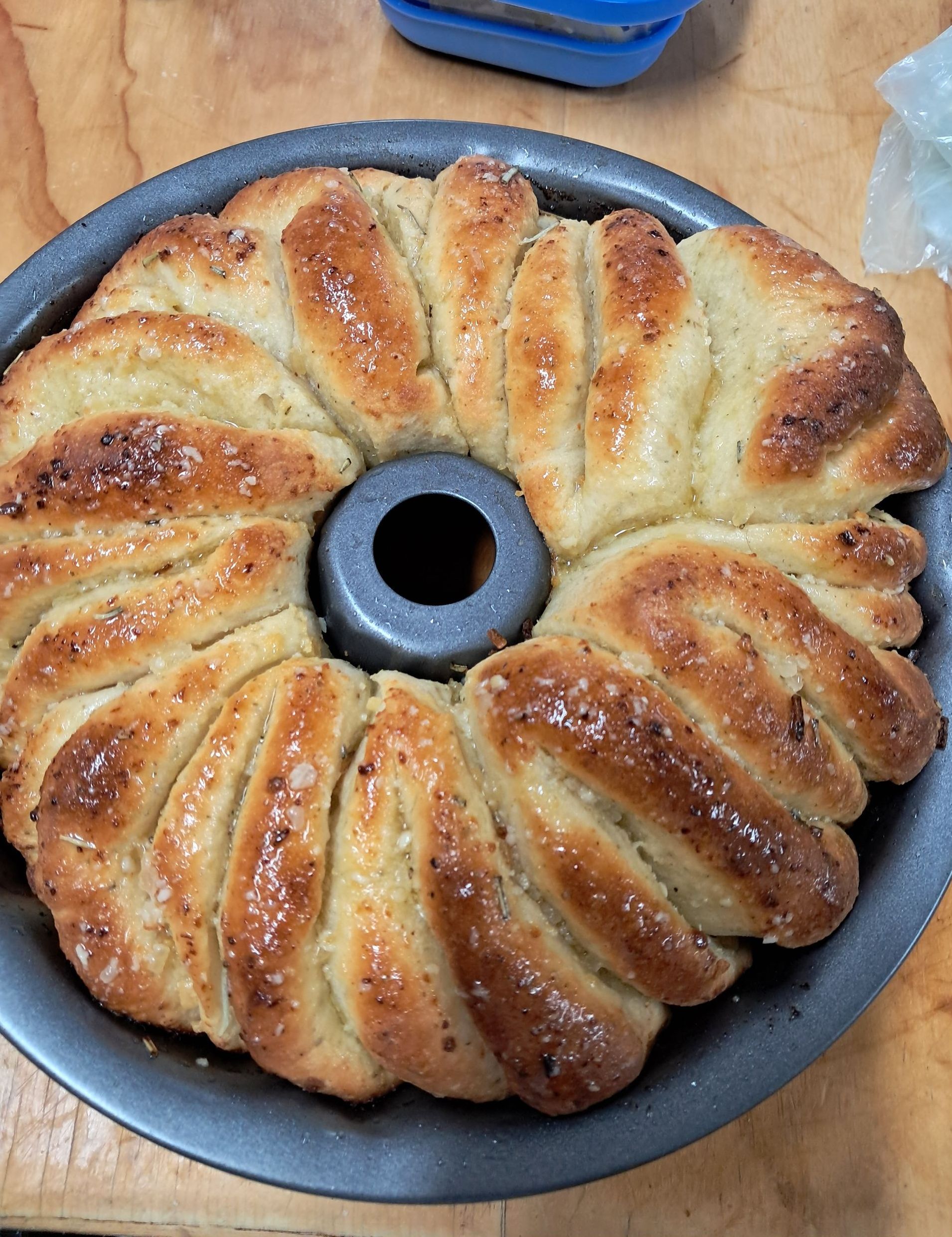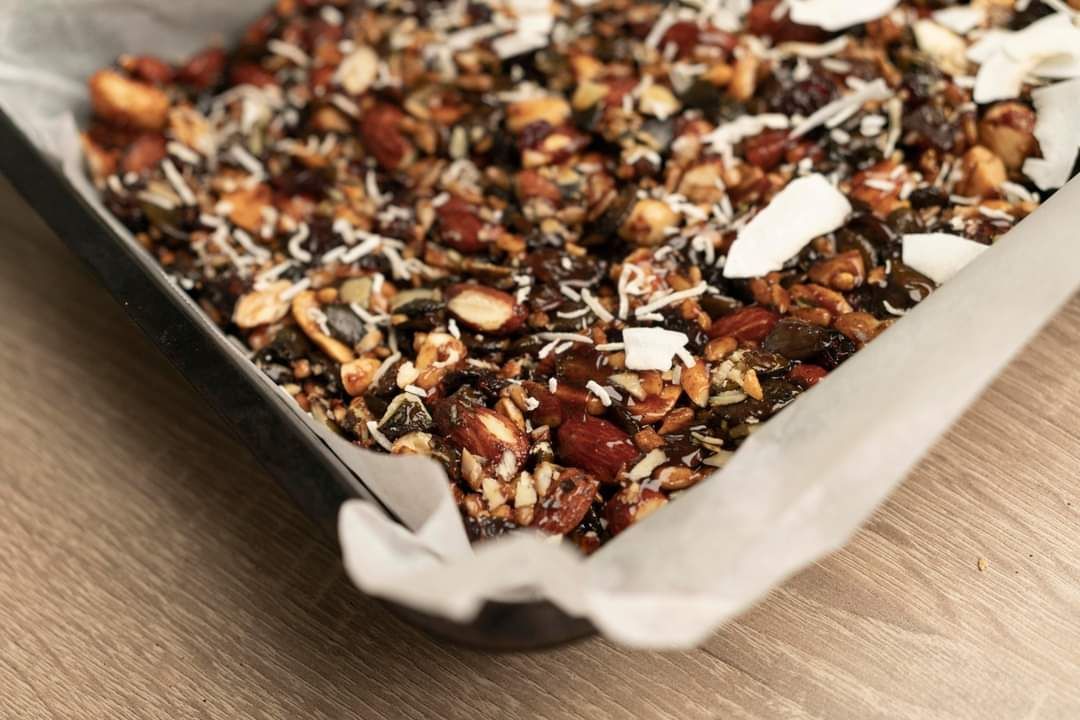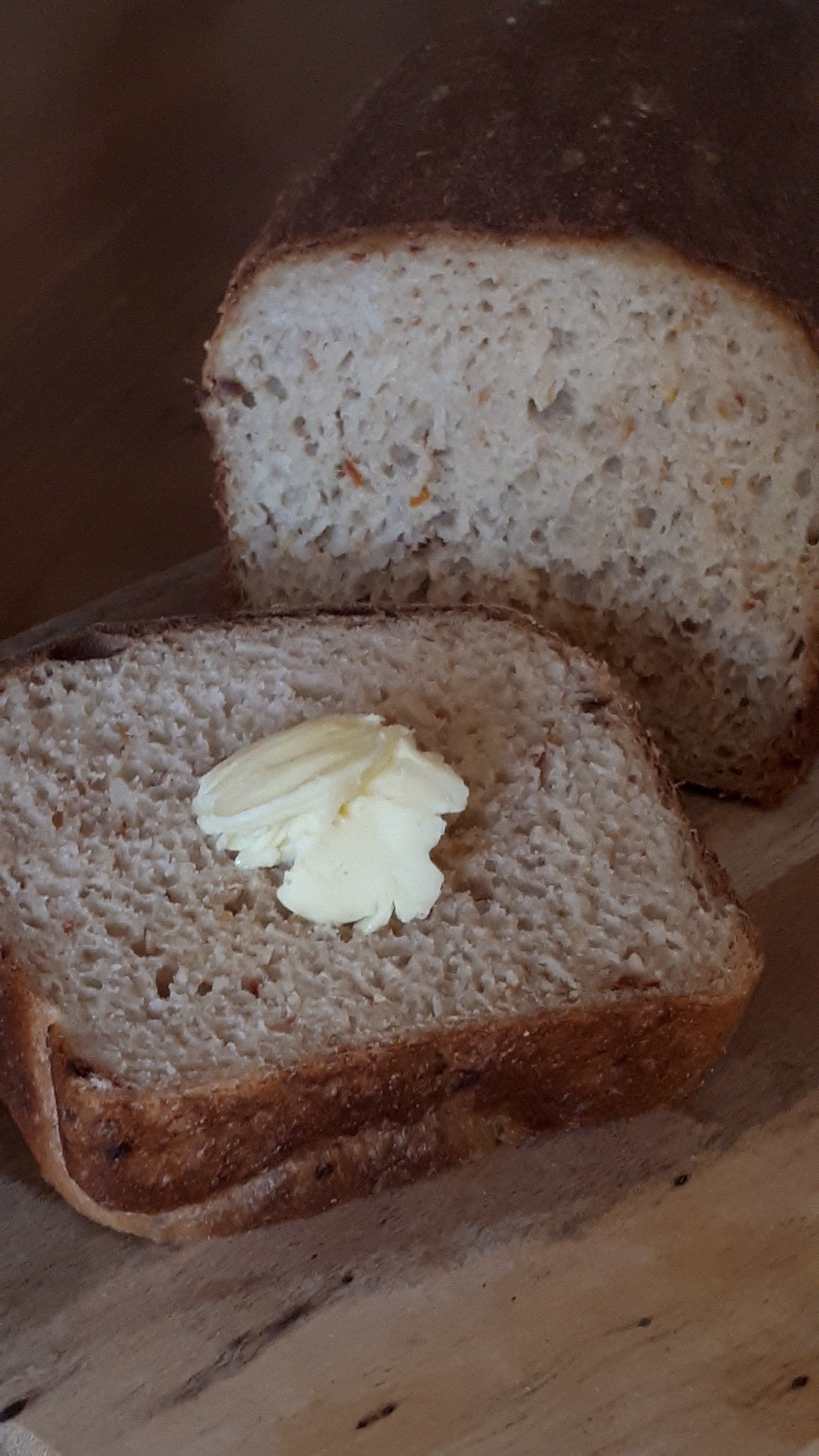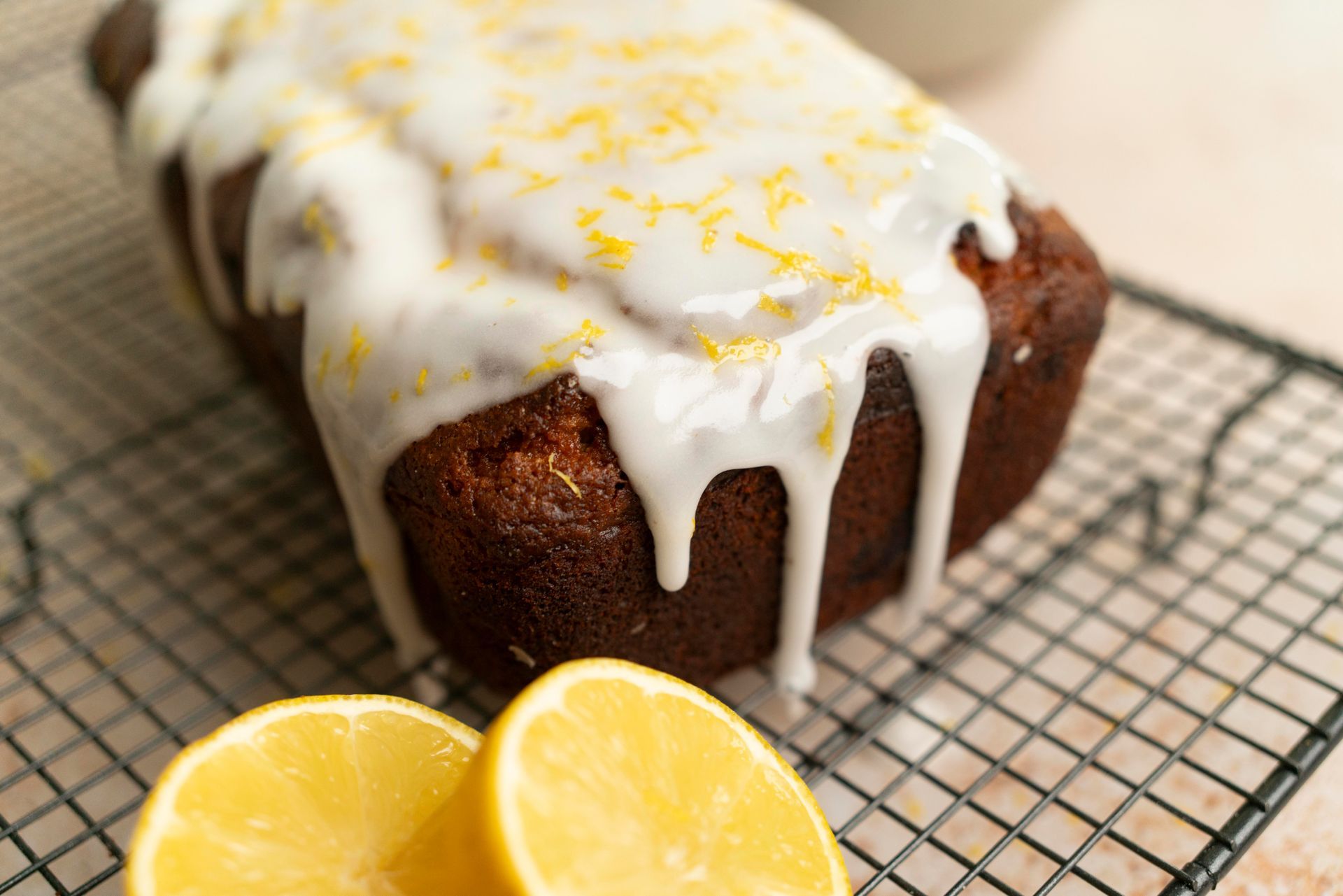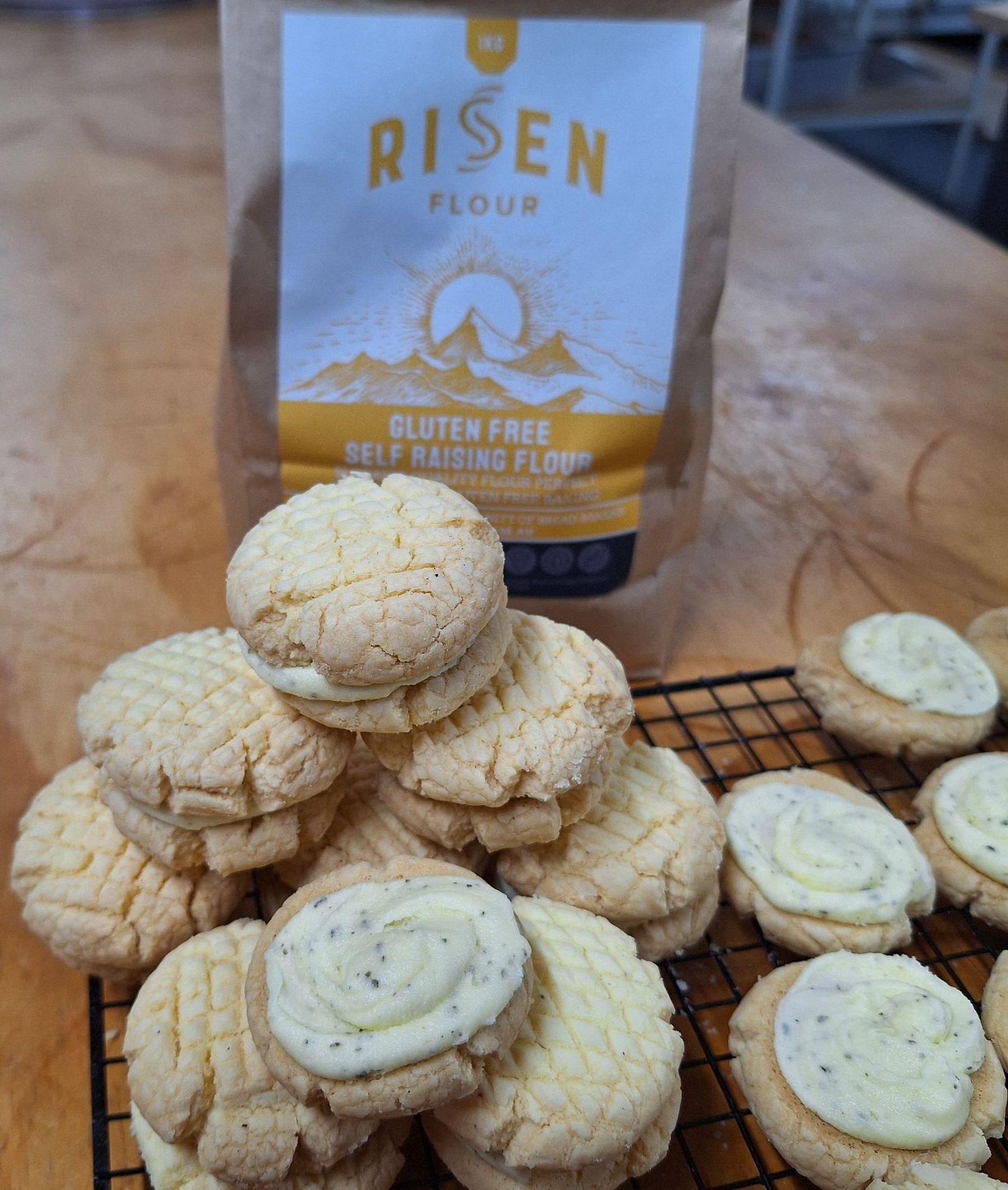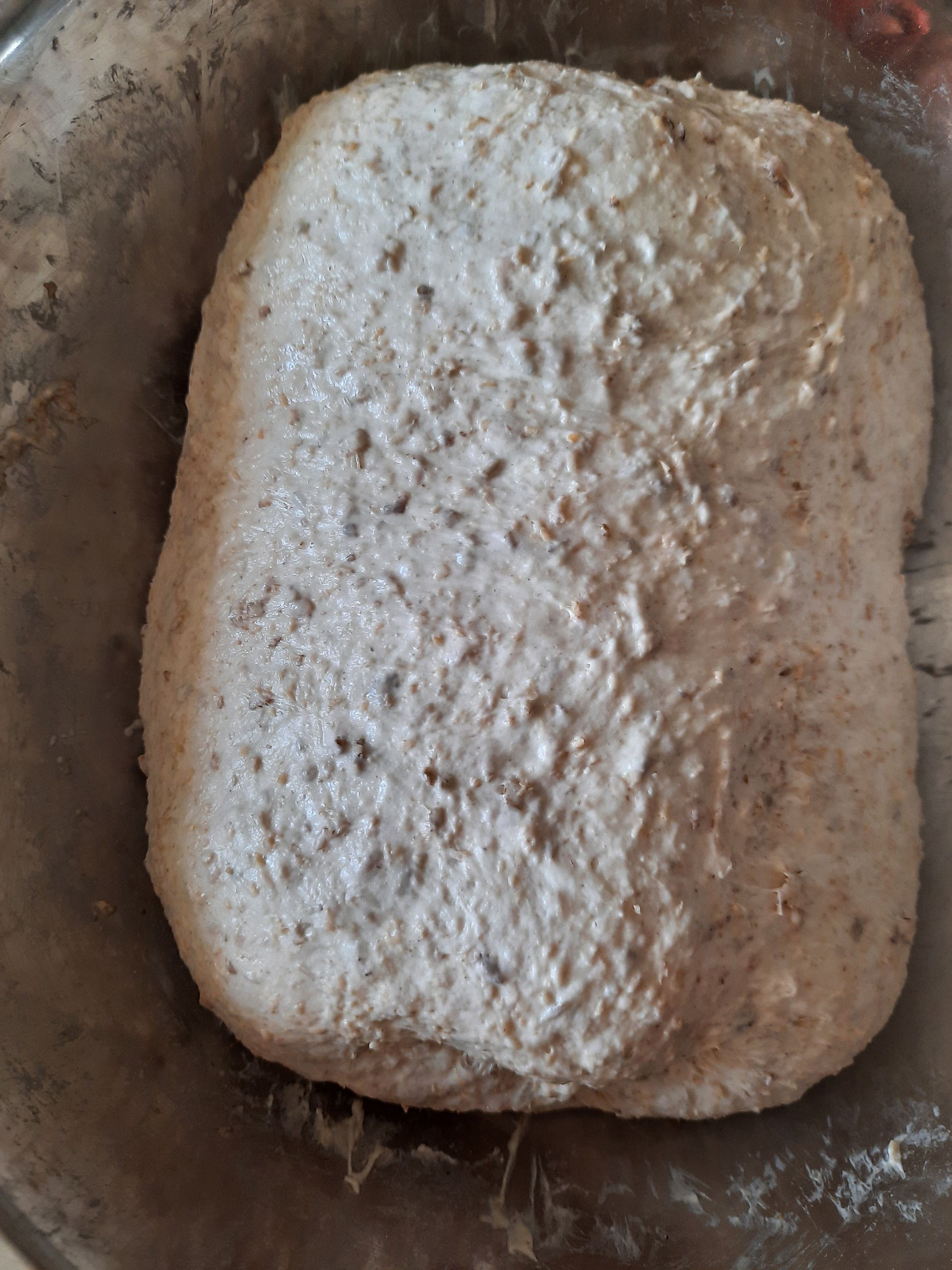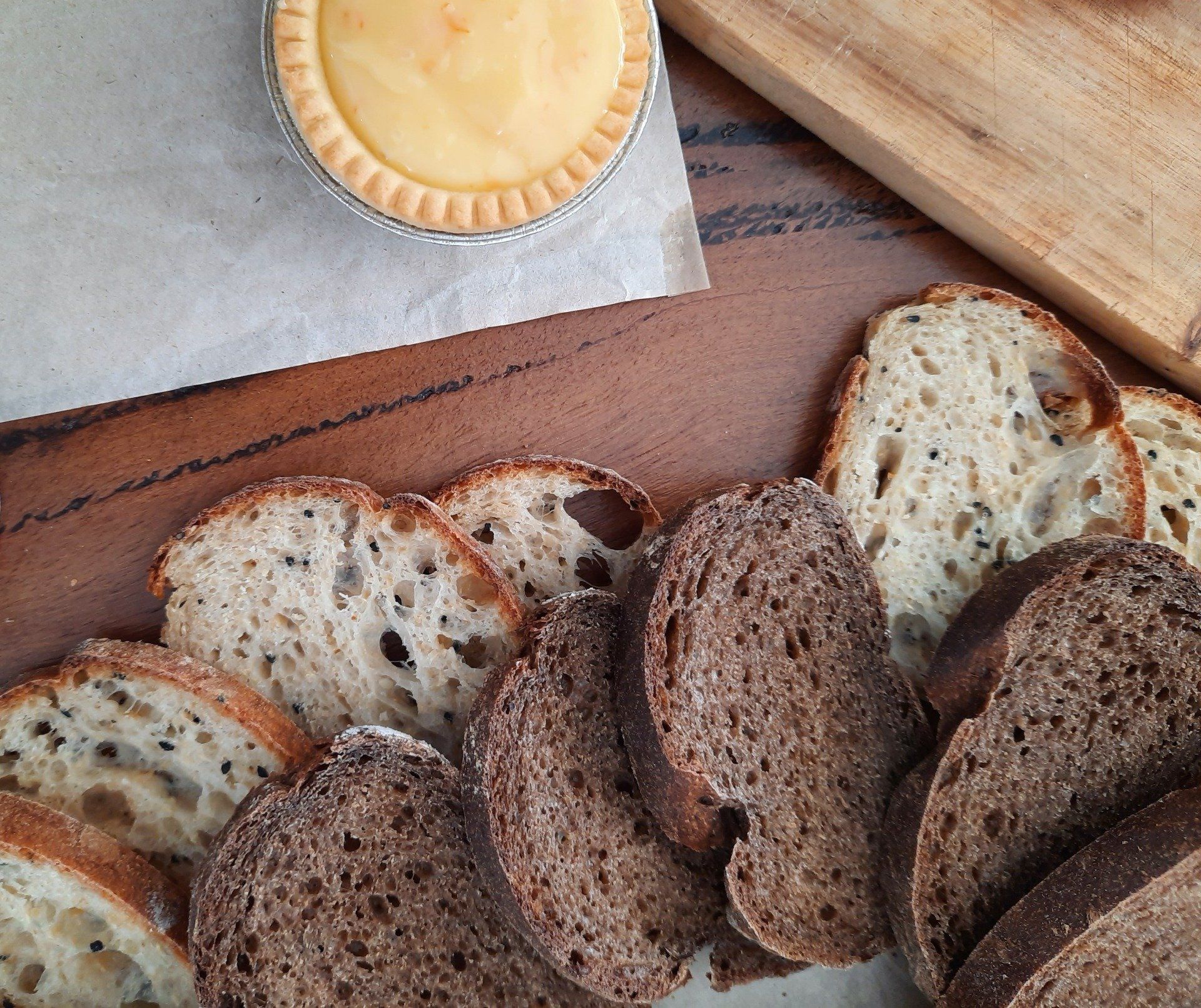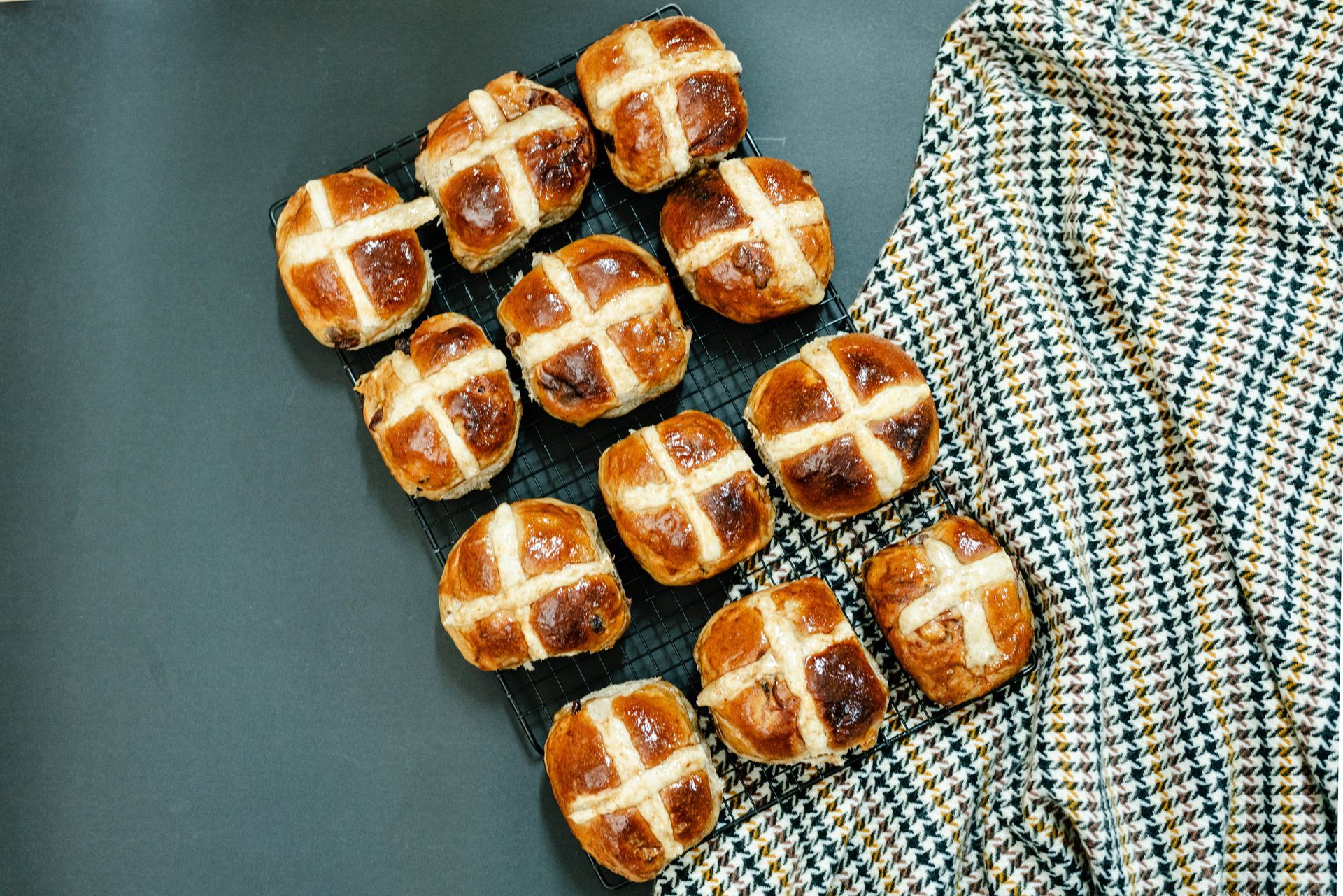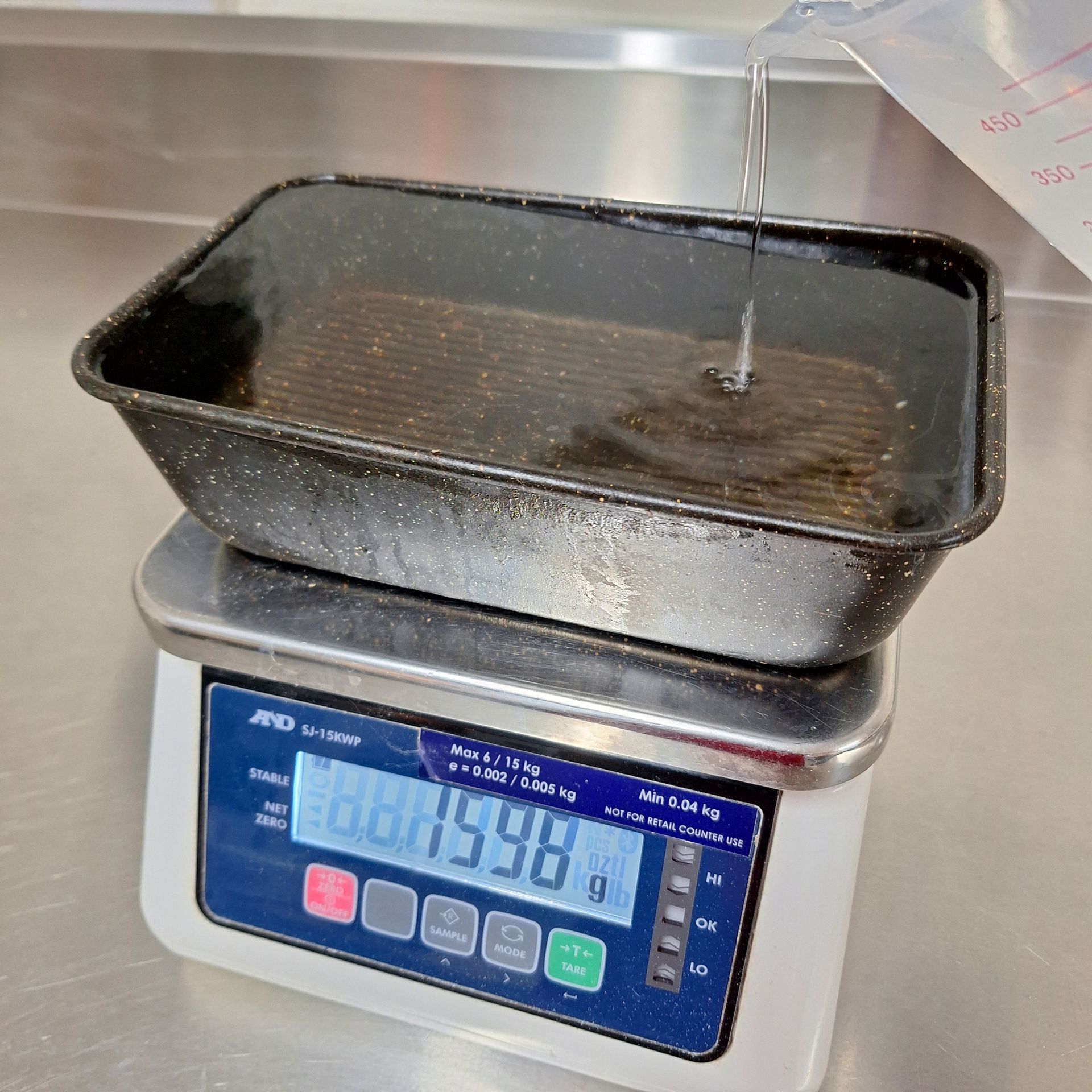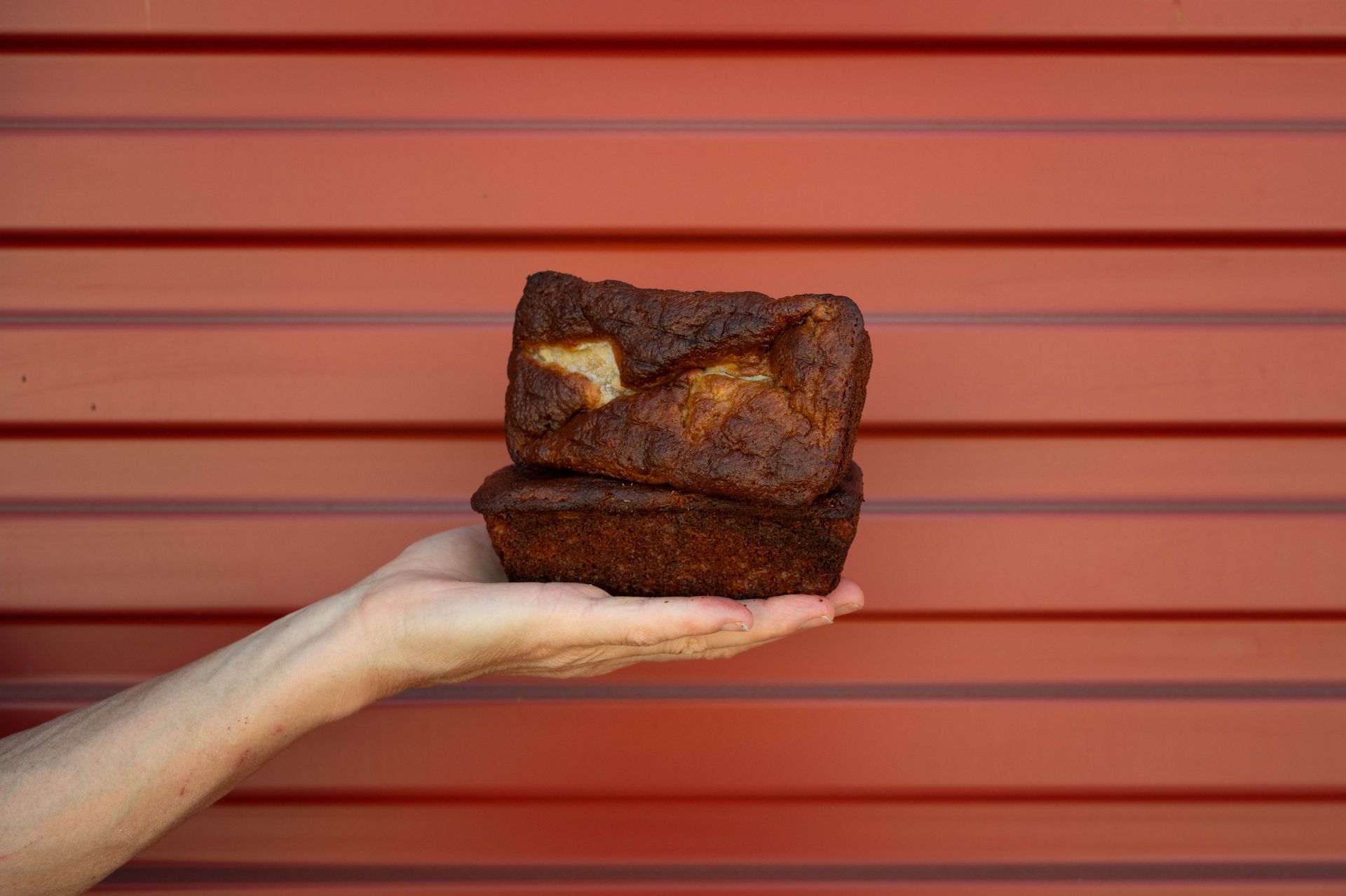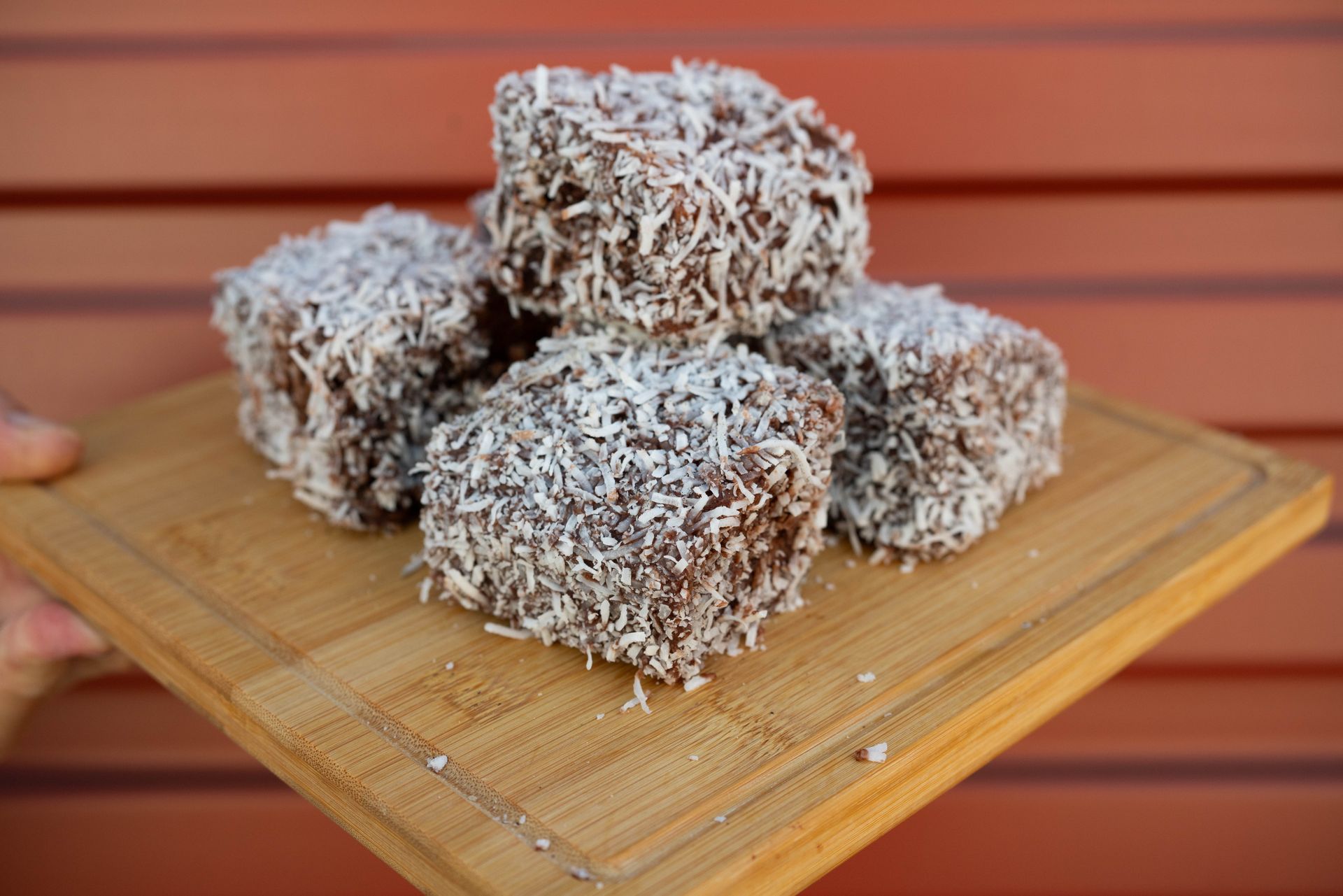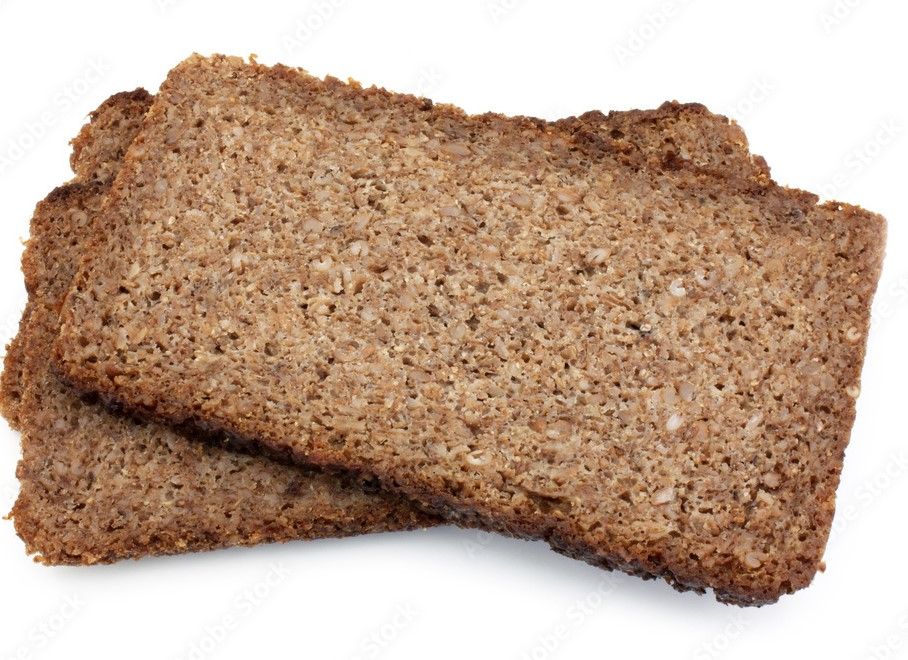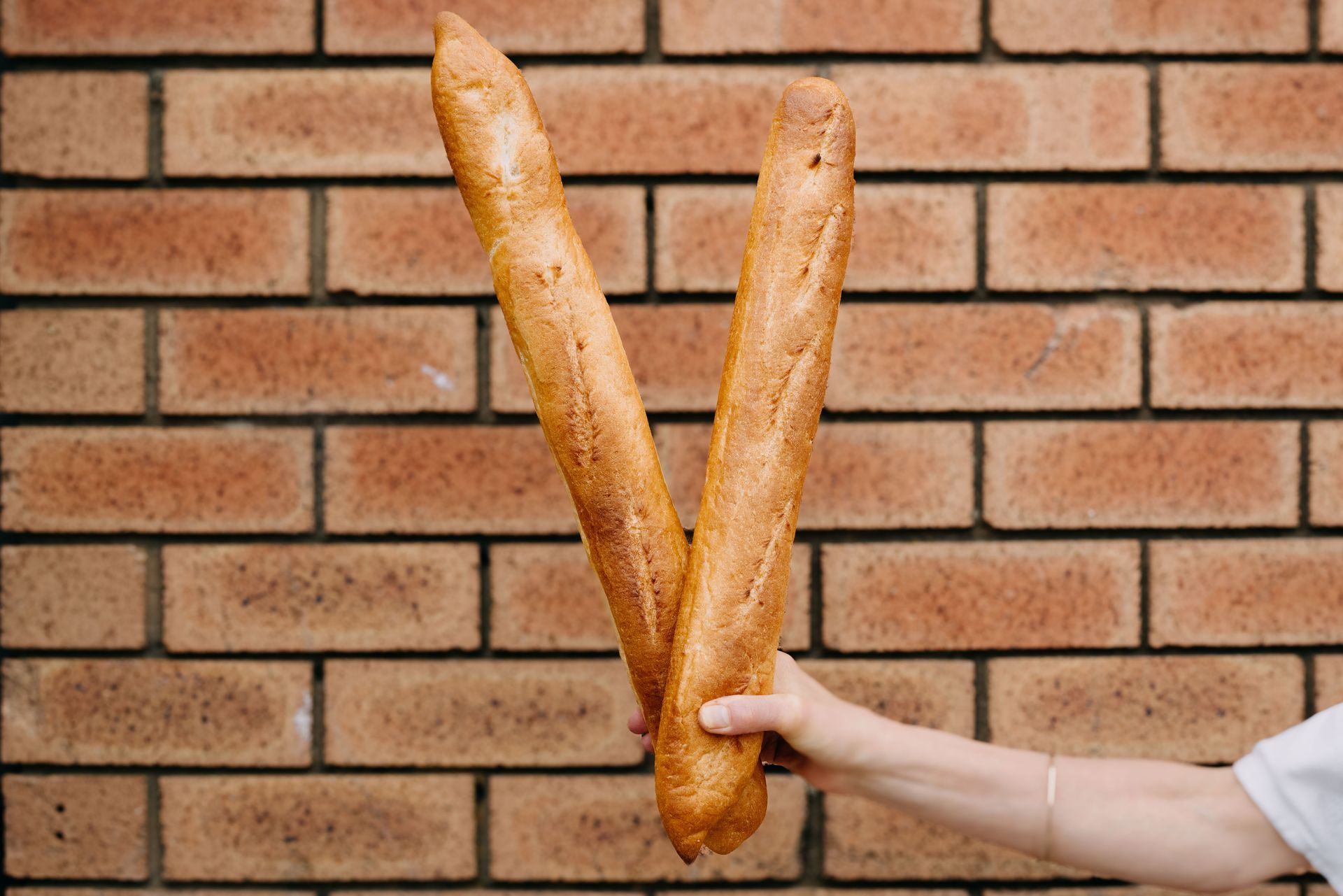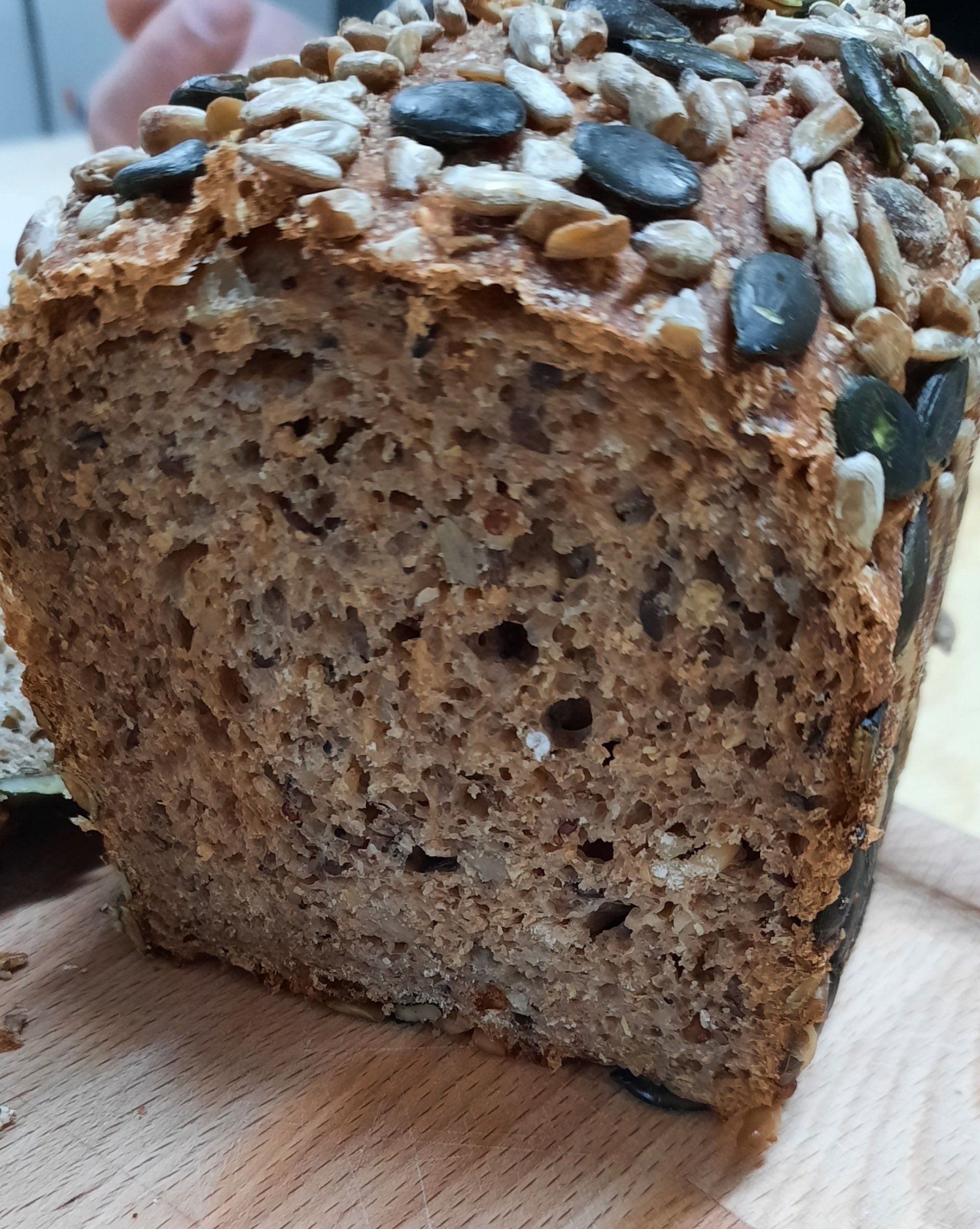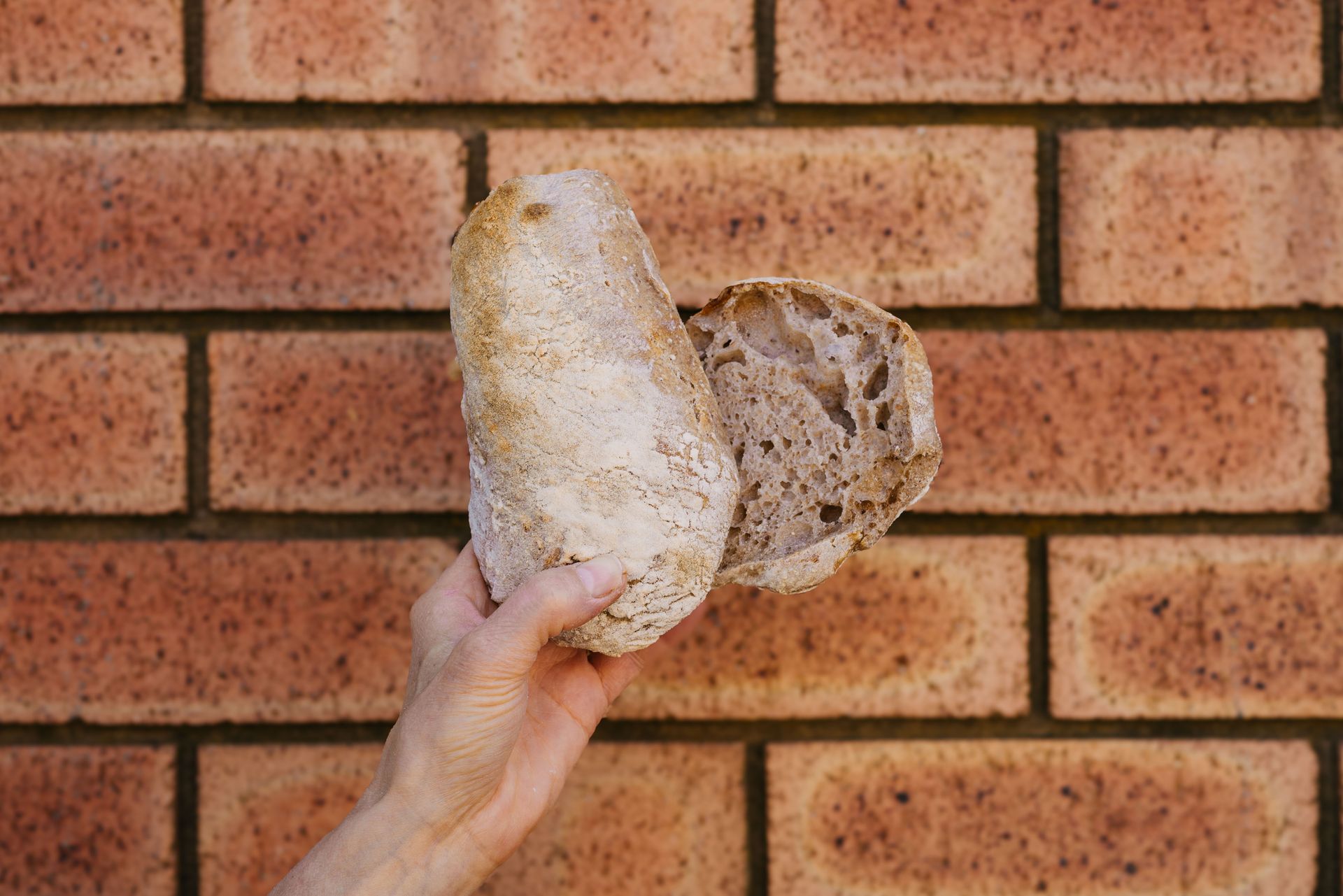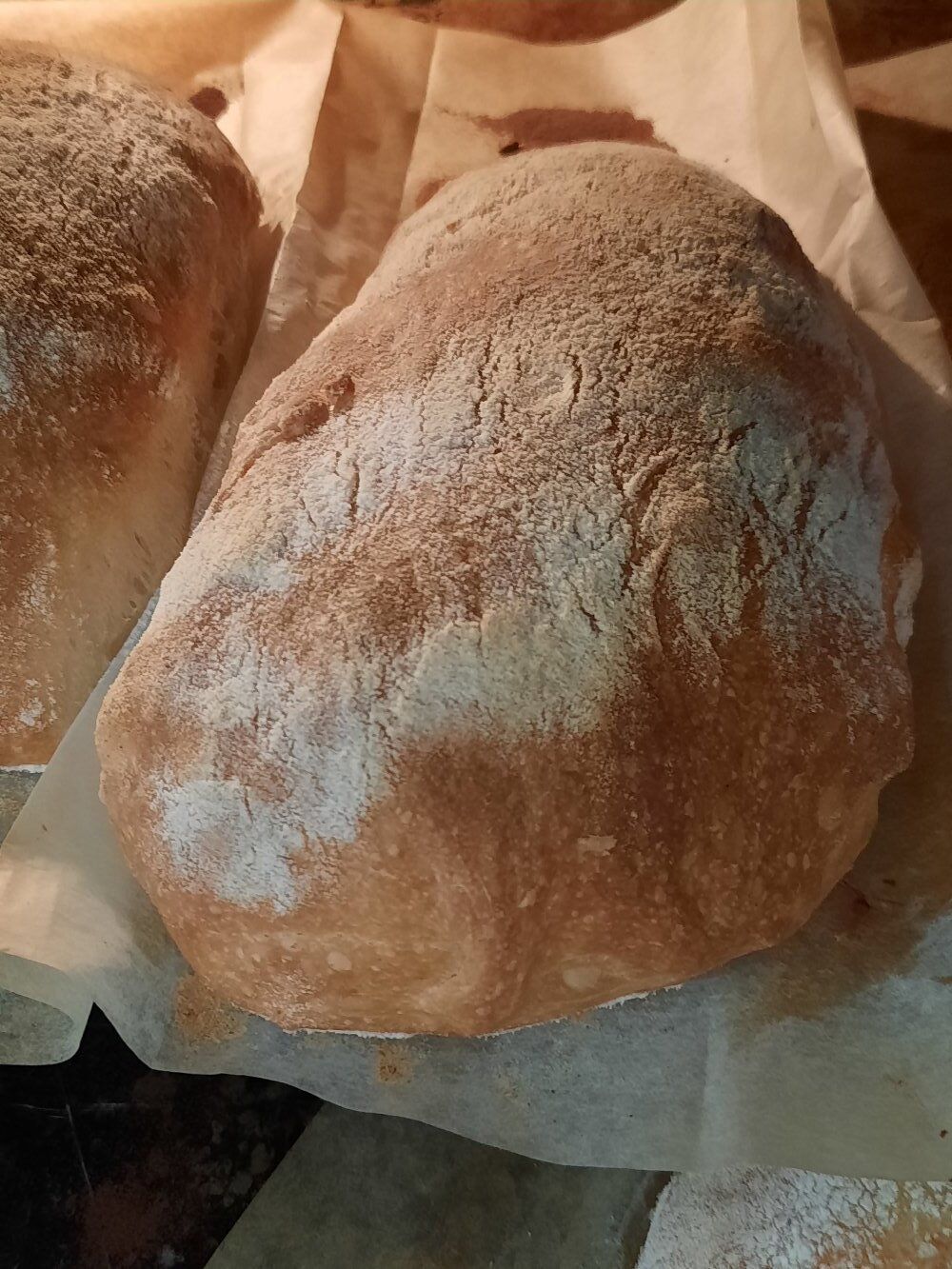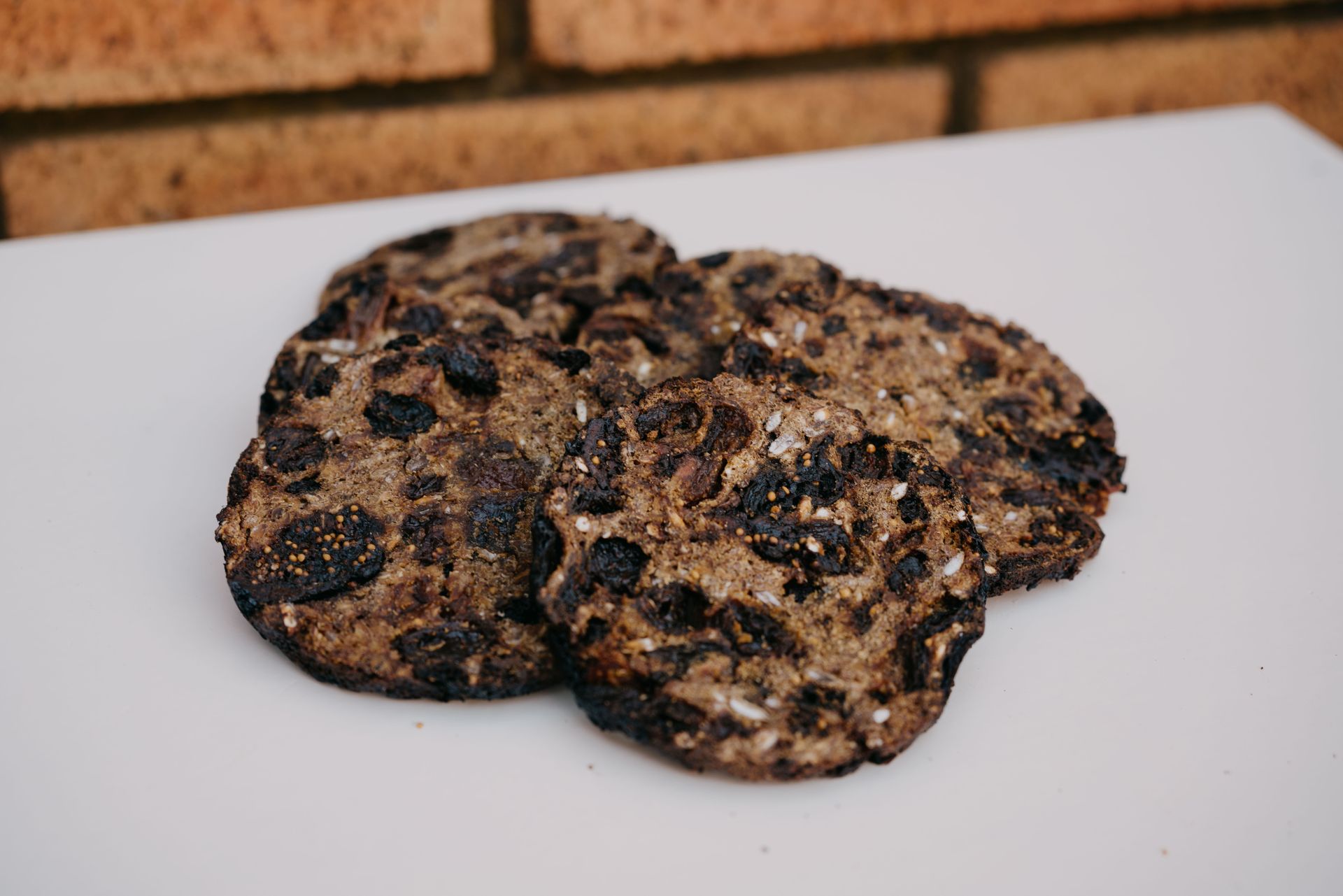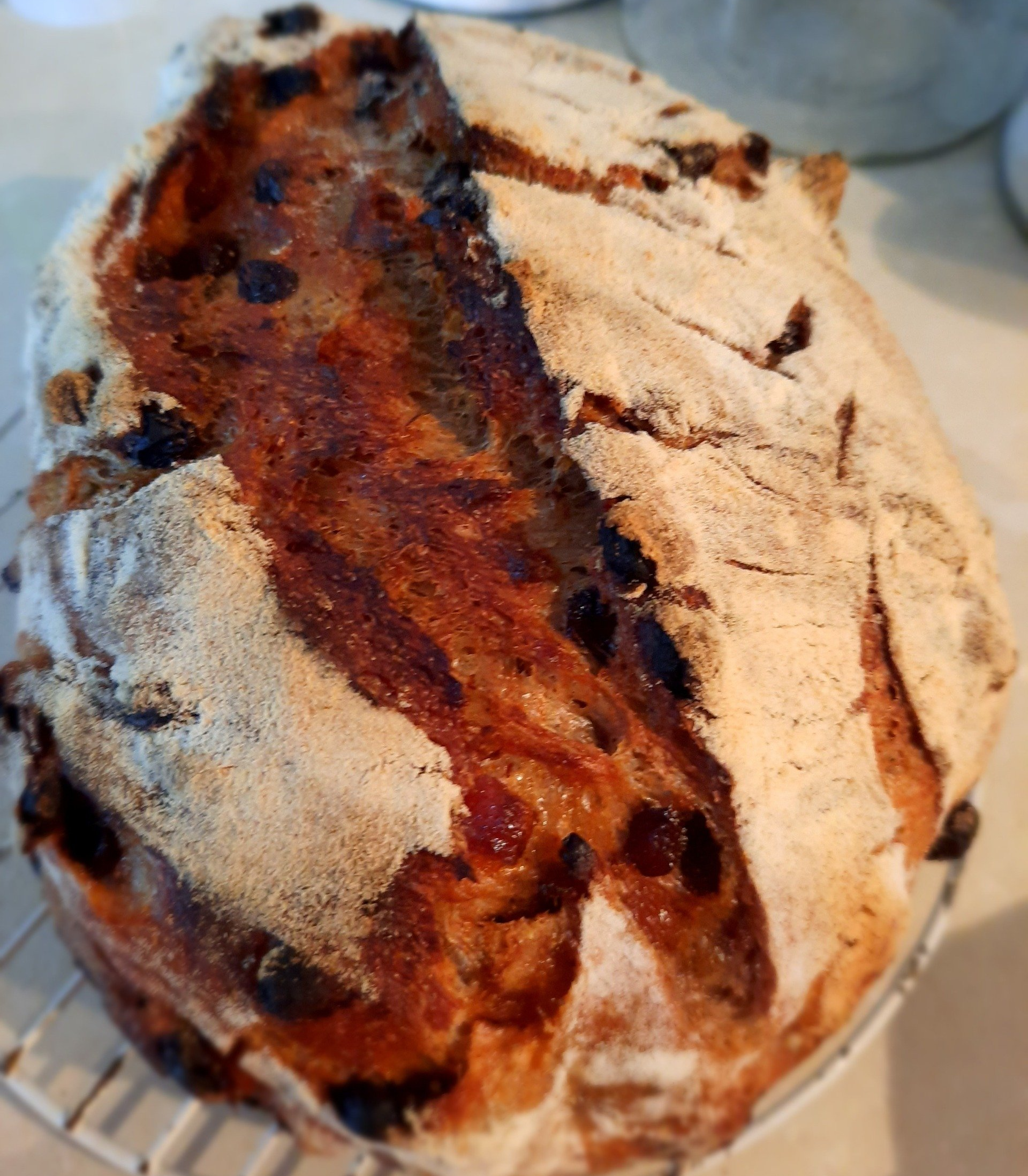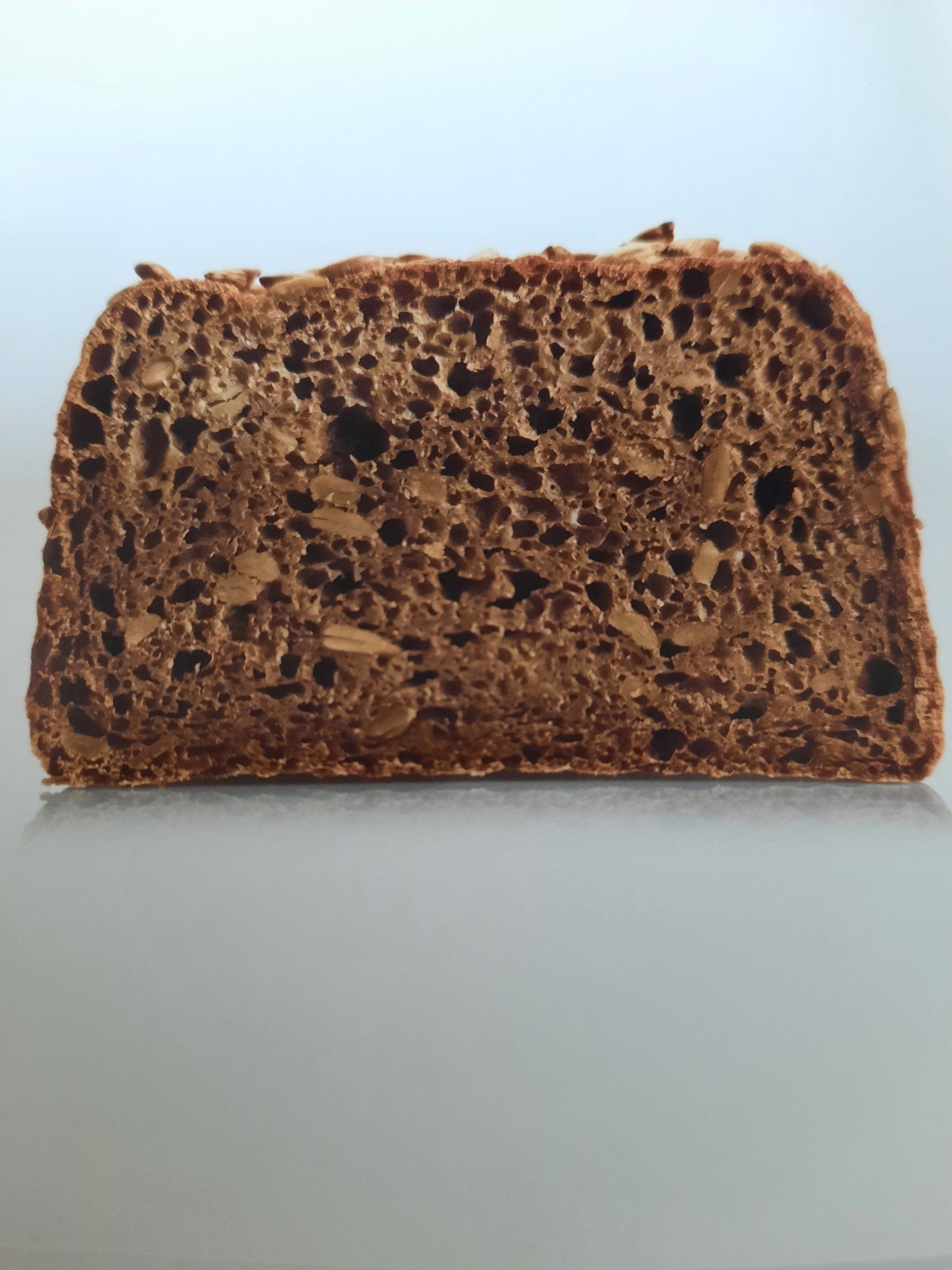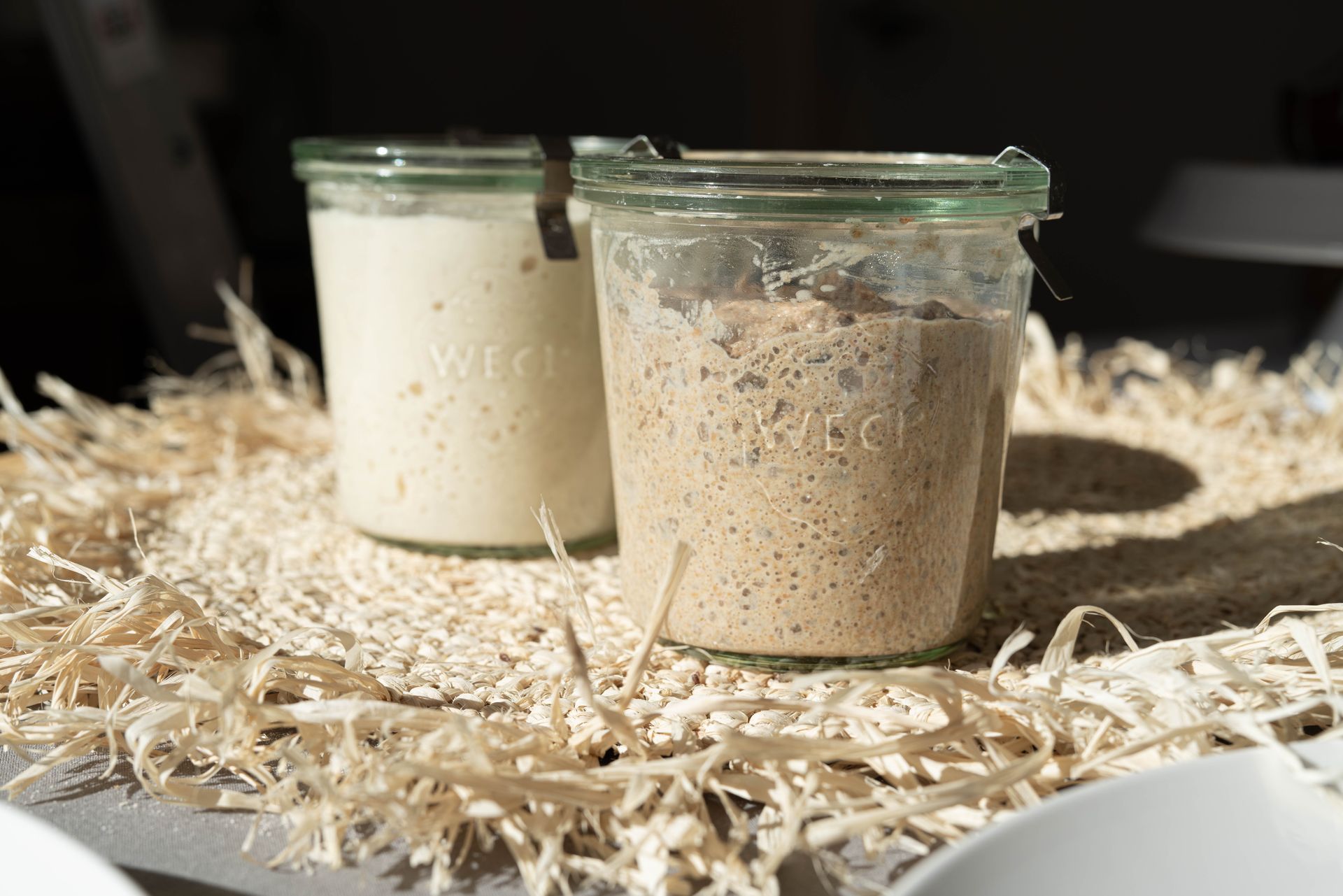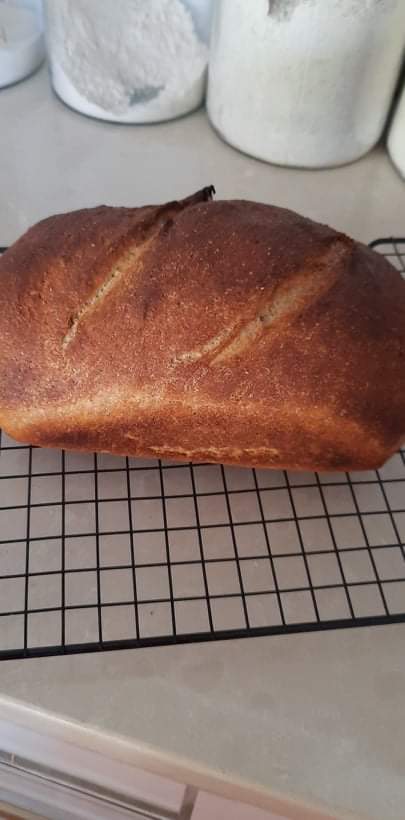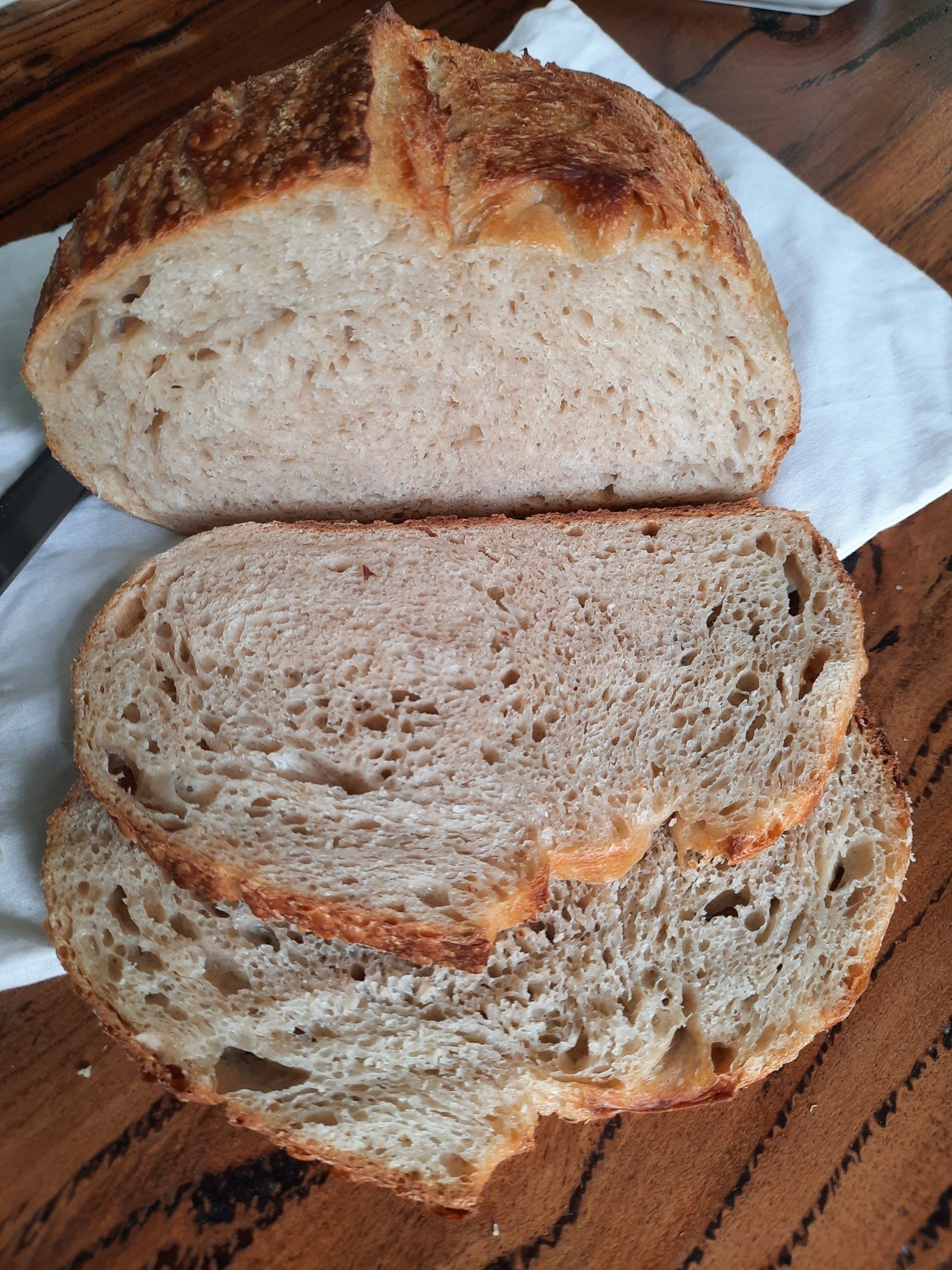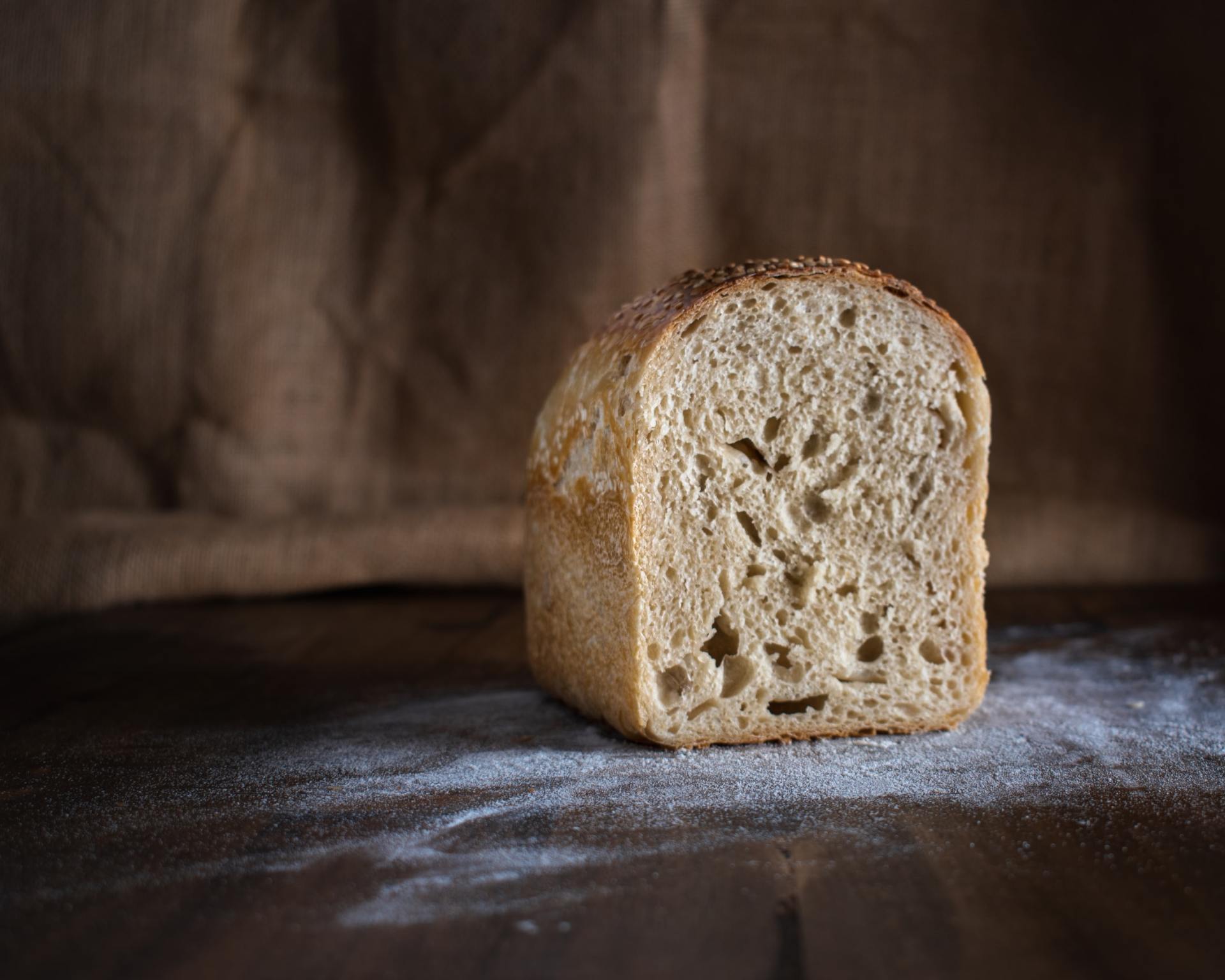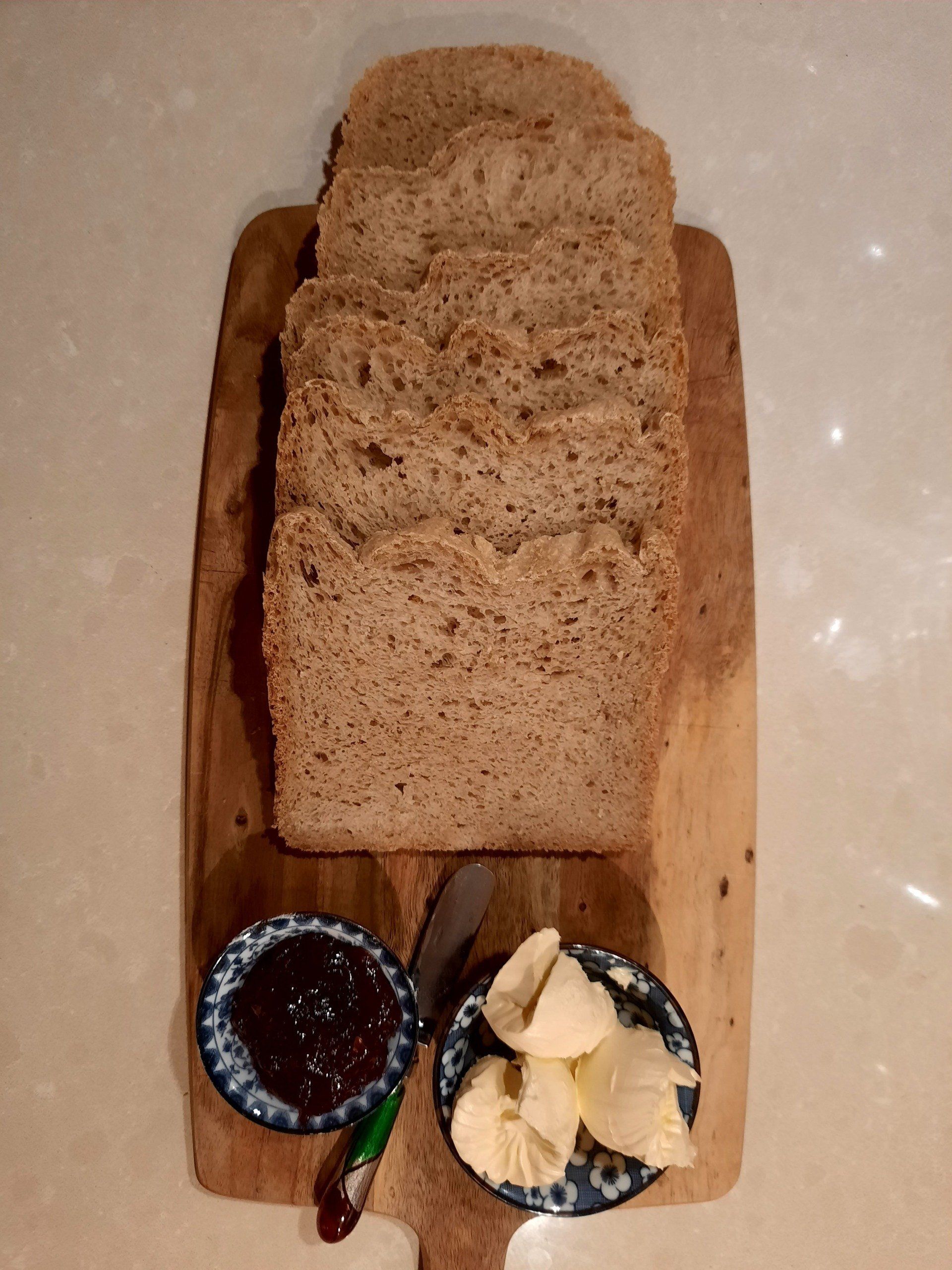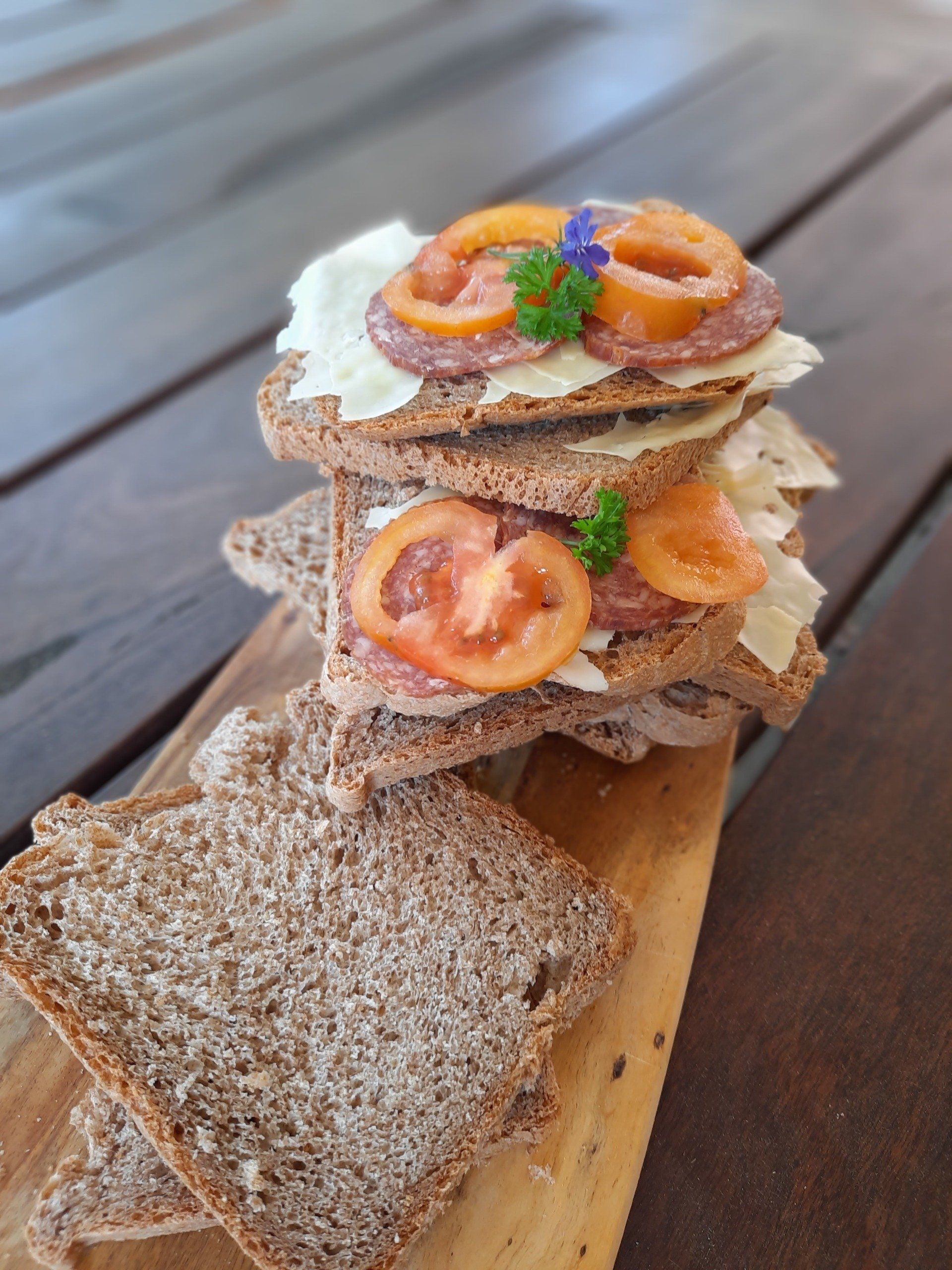What is the difference between a Tangzhong and Yudane
what is the difference betwen a tangzhong and yudane?
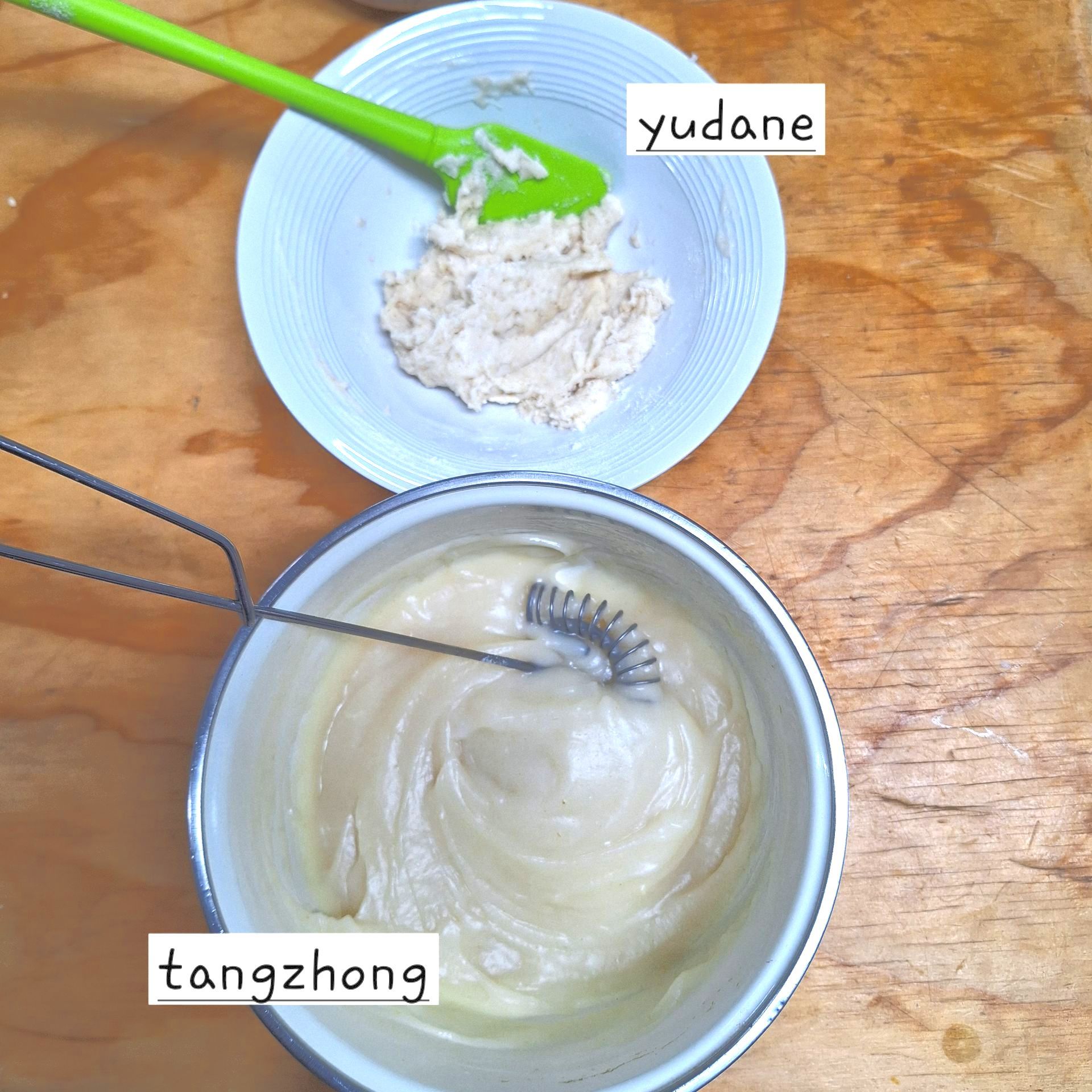
The History of Yudane and Tangzhong
The exact origins of these techniques are somewhat unclear, but it's believed that the yudane method likely originated in Japan, with evidence suggesting a commercial patent dating back to 2001. On the other hand, the tangzhong method gained prominence through the efforts of Taiwanese chef Yvonne Chen in 2007, who introduced it under its Mandarin name.
Tangzhong, a Chinese roux comprising a paste of liquid and flour, is prepared by cooking it in a pan, allowing it to cool, and then incorporating it into bread dough. Typically made at a flour-to-liquid ratio of approximately 1:5, its purpose is to gelatinize the starch in the flour.
Yudane, originating from Japan, involves a simple 1:1 mix of flour and liquid. Instead of cooking, the flour is mixed with boiling liquid and left to cool before being added to the bread dough. Both methods aim to gelatinize the flour starch, enhancing bread tenderness and promoting a softer texture for a more extended period.
The gelatinization of starch occurs above 65°C (150°F), causing the flour to absorb liquid and swell. This process, akin to the boiling of a bagel, results in a sticky paste similar to a roux for Tangzhong and a more glutenous bread dough for Yudane.
While often used in combination with eggs, butter, sugar, and other enrichments, Tangzhong and Yudane can independently yield excellent results, making them suitable alternatives, especially for vegetarian/vegan diets. Proper preparation, even without traditional ingredients, can significantly impact the final loaf.
Both Tangzhong and Yudane can be prepared a day in advance and refrigerated until needed, with attention to temperature control. Adjusting for ambient kitchen temperature ensures optimal performance. If you kitchen is on the warmer side then adding a cold refrigerated roux is a good way of controlling your final dough temperature.
Regarding the percentage of total flour in a recipe, Tangzhong's 1:5 ratio limits its use to 4%–10% of total flour, while Yudane, with more flexibility, generally incorporates 10%–25% of total flour.
Considerations include evaporation during preparation. Yudane, due to its boiling water being directly added to the flour, experiences minimal evaporation. In contrast, Tangzhong, requiring 3–5 minutes of cooking, evaporates a significant amount of liquid, necessitating adjustments in dough hydration.
No fixed formula exists that I can find for calculating evaporation, as stove settings and pot types vary. Weighing Tangzhong post-cooking allows compensation for evaporated water in the final dough.
Converting any recipe to Tangzhong or Yudane involves using baker's percentage and the given ratios. Most bread recipes can likely accommodate these improvers, offering a convenient and versatile enhancement.
In terms of results, both Tangzhong and Yudane yield similar outcomes, with Yudane potentially producing a slightly lighter dough. Ultimately, the choice between them may come down to personal preference, considering factors like convenience, reduced cleanup, and time efficiency, where Yudane may hold an advantage.
Adapted from the Chain Baker
How to make a Tangzhong
Ingredients
50g flour (of your choice)
250g water
Method
Place flour in pot and add water, mix thoroughly until there are no lumps. Turn on your stove and cook until the flour thickens into a roux like paste and is translucent ( for around 4min )
Take it off the heat and cool down to room temperature before using or refrigerate overnight Place plastic wrap onto the surface of the paste when cooling down to prevent a skin forming.
How to make a Yudane
Ingredients
50g flour
50g boiling water
Method
Place flour in a bowl, bring water to a boil and immediately pour 50g water onto the flour and mix thoroughly until you have a mass which is very thick and there is no remaining dry flour. Allow to cool to room temperature or place in the fridge overnight before adding to your recipe.

